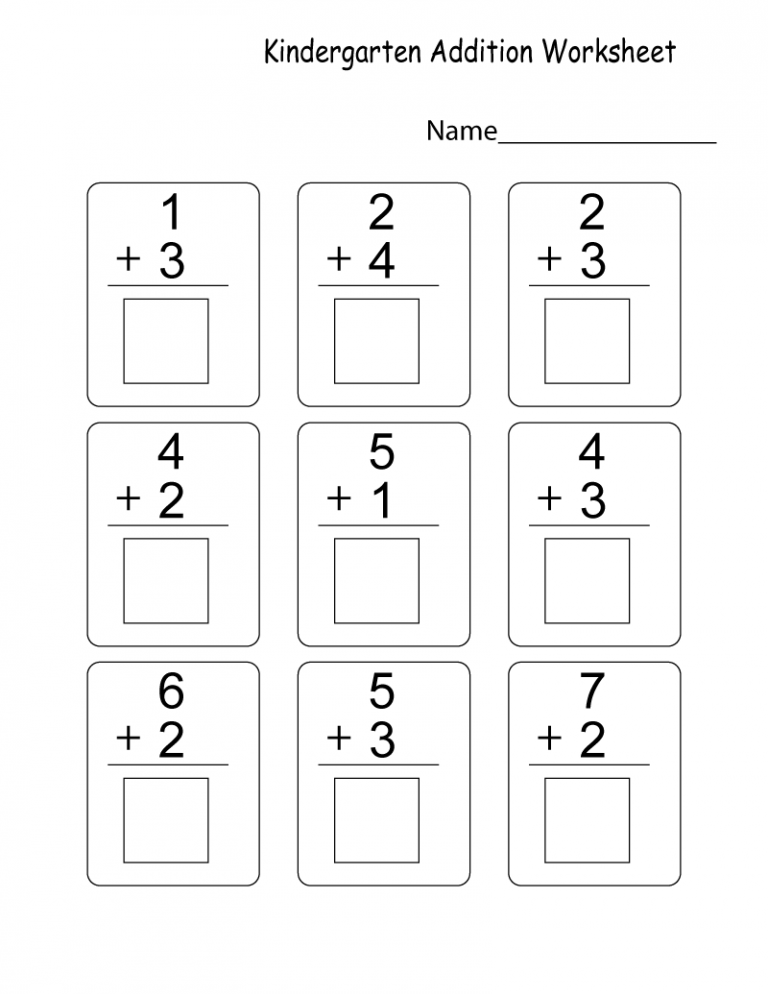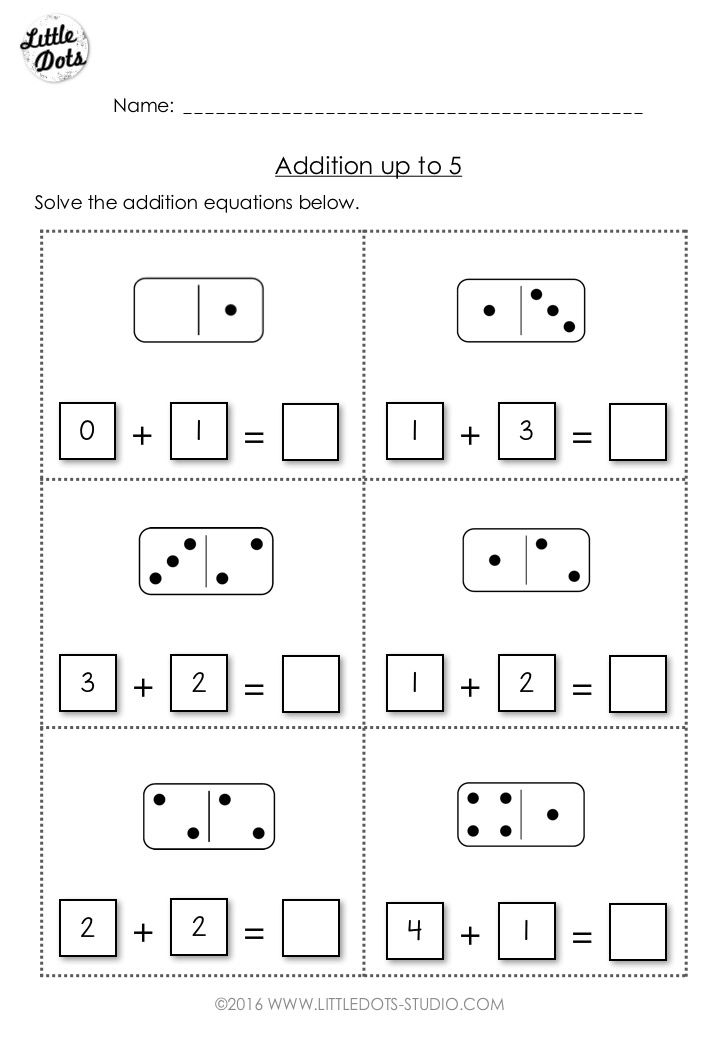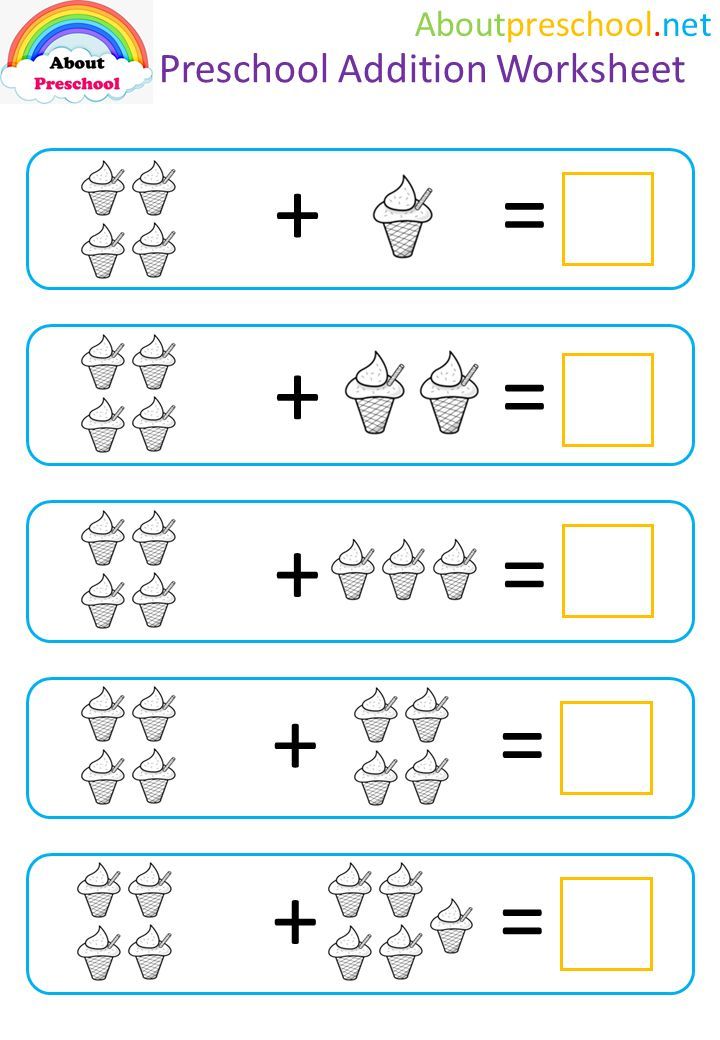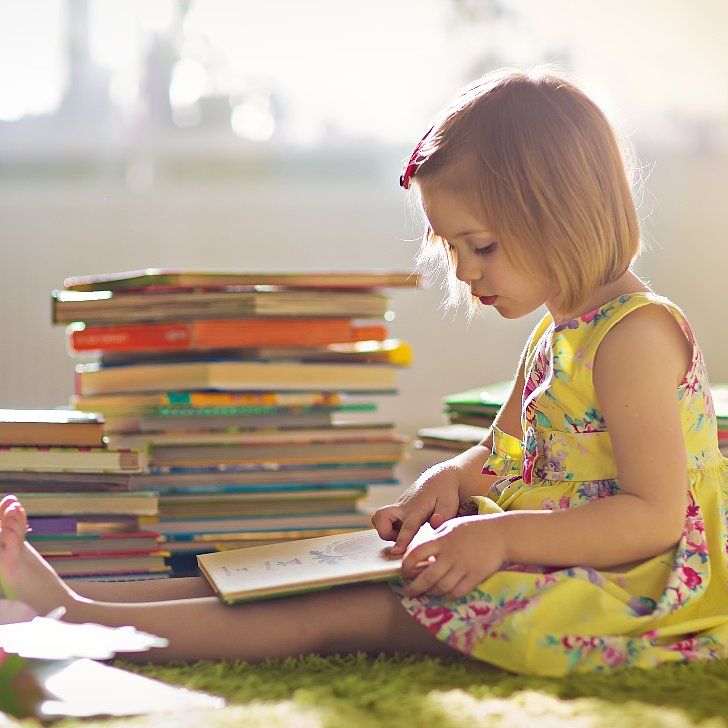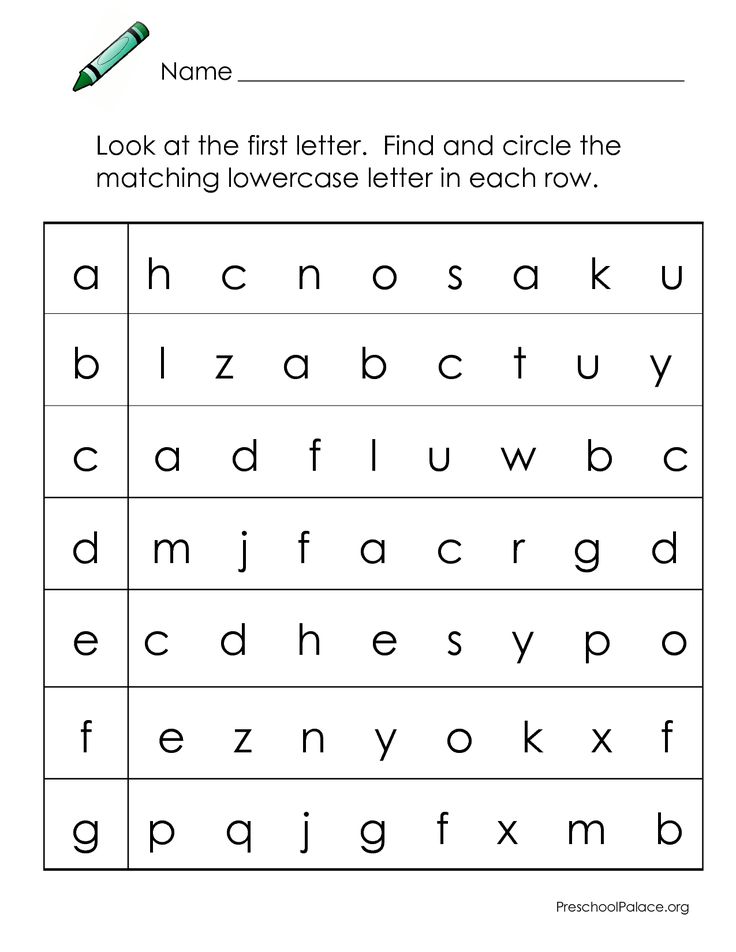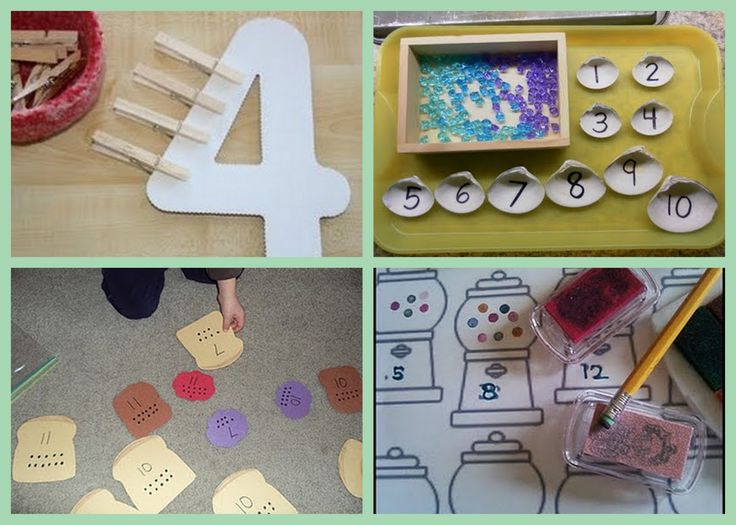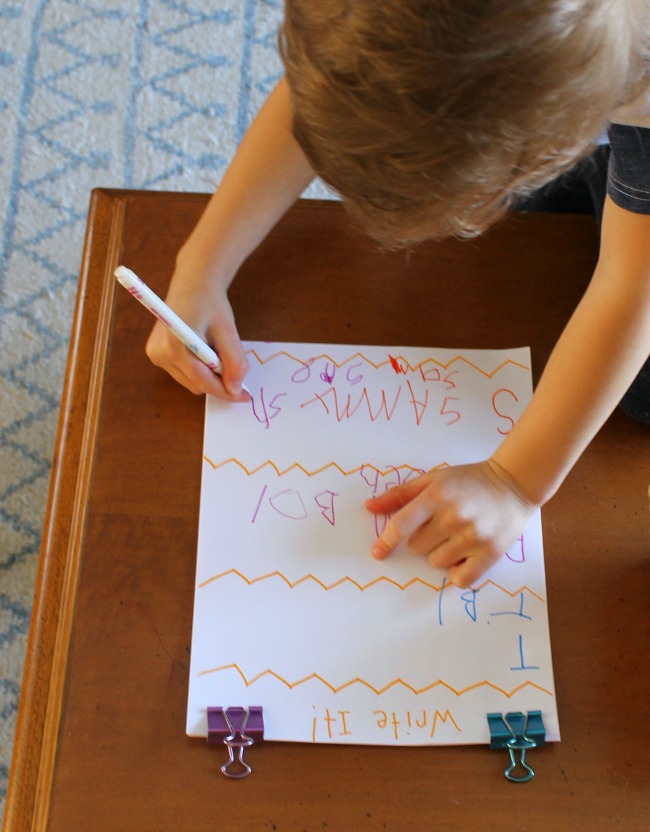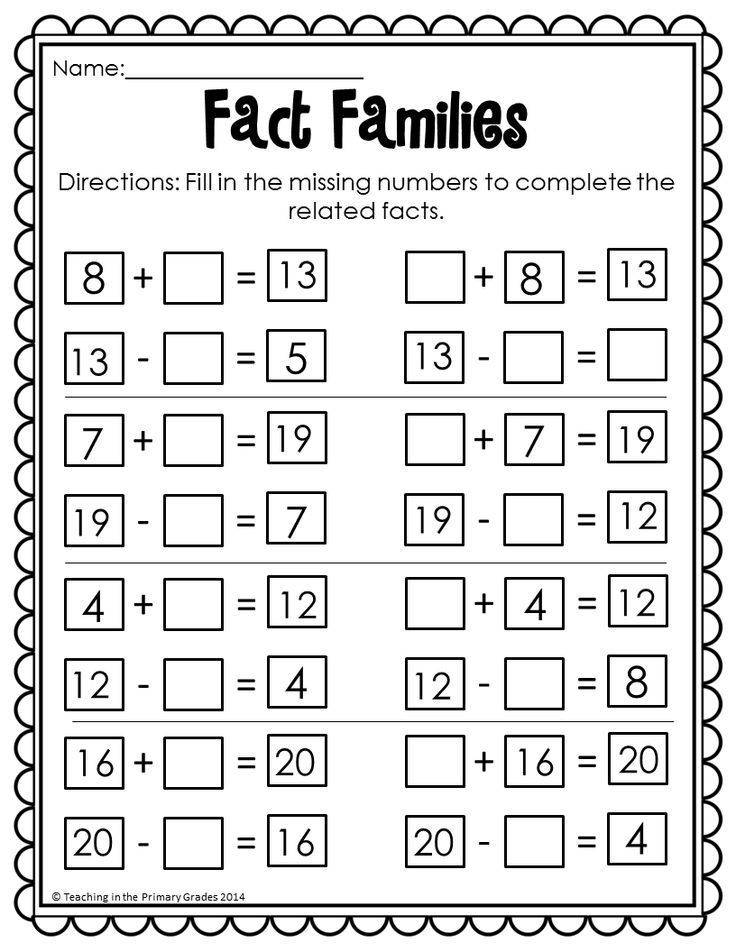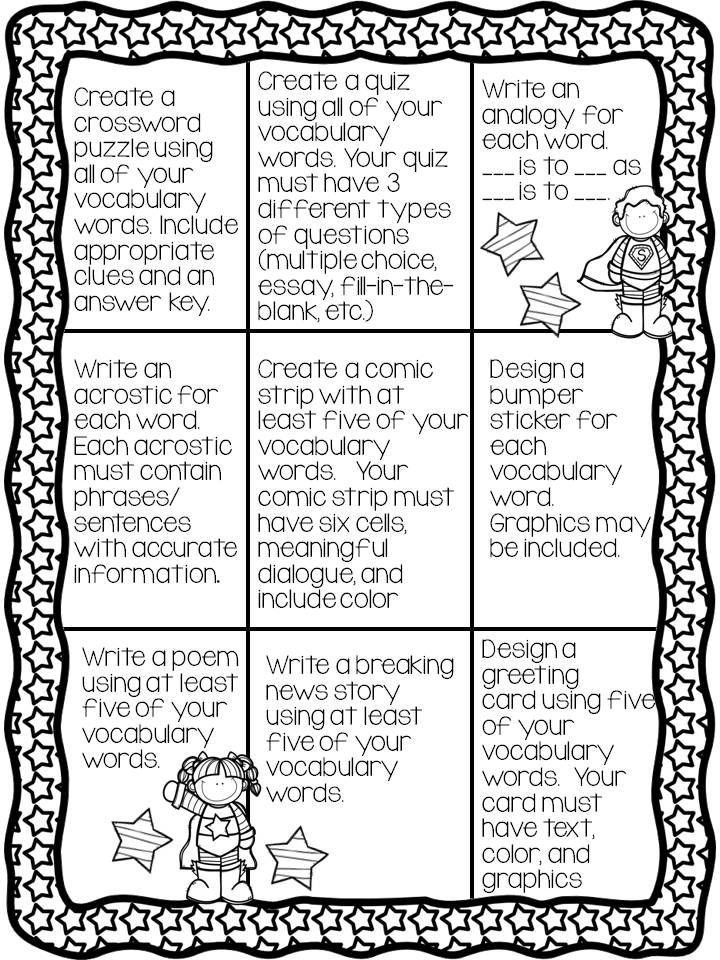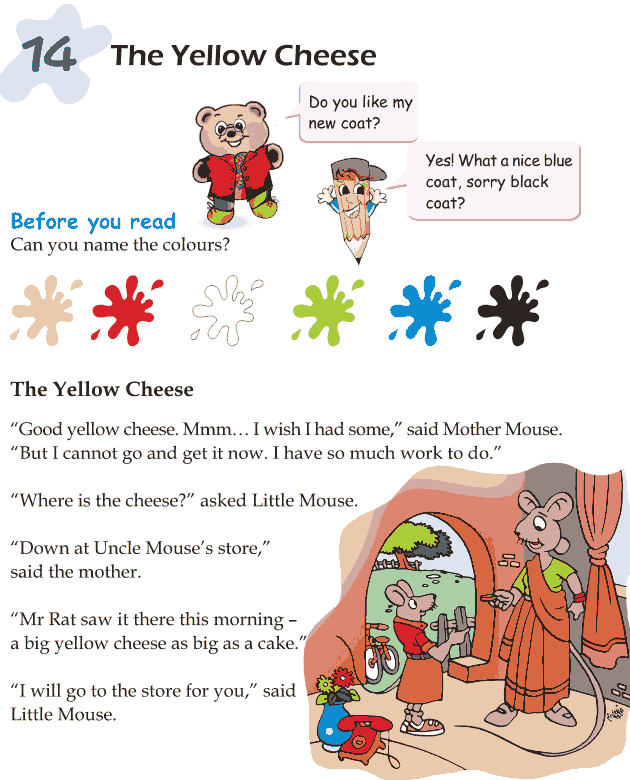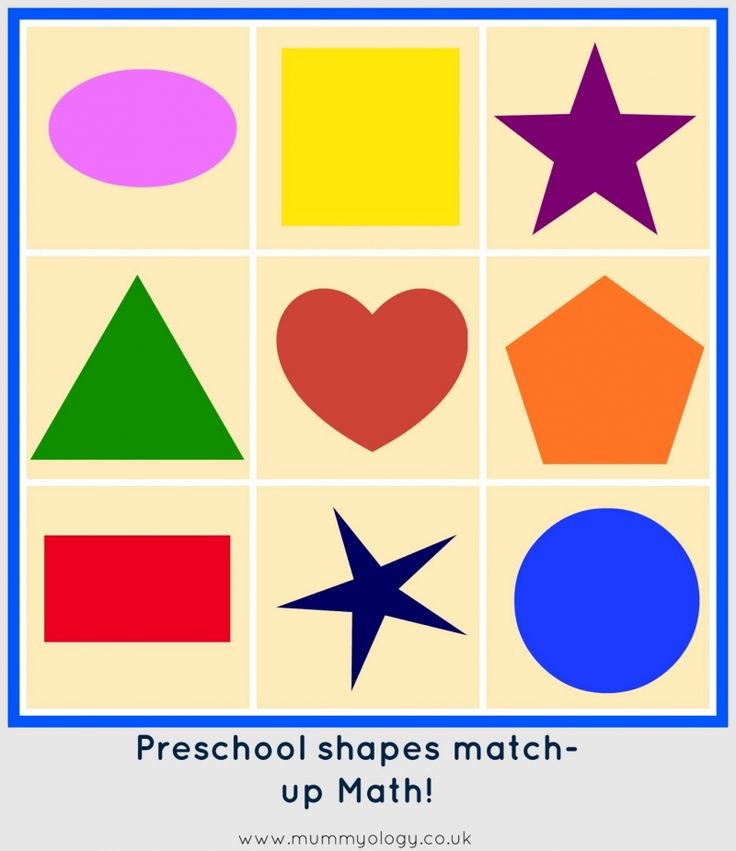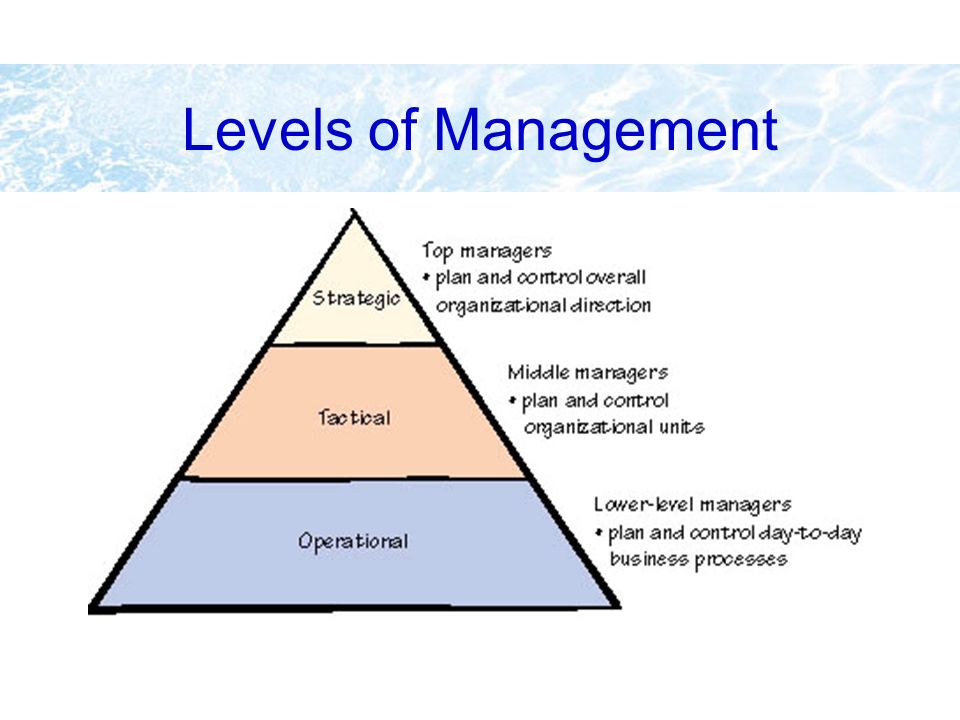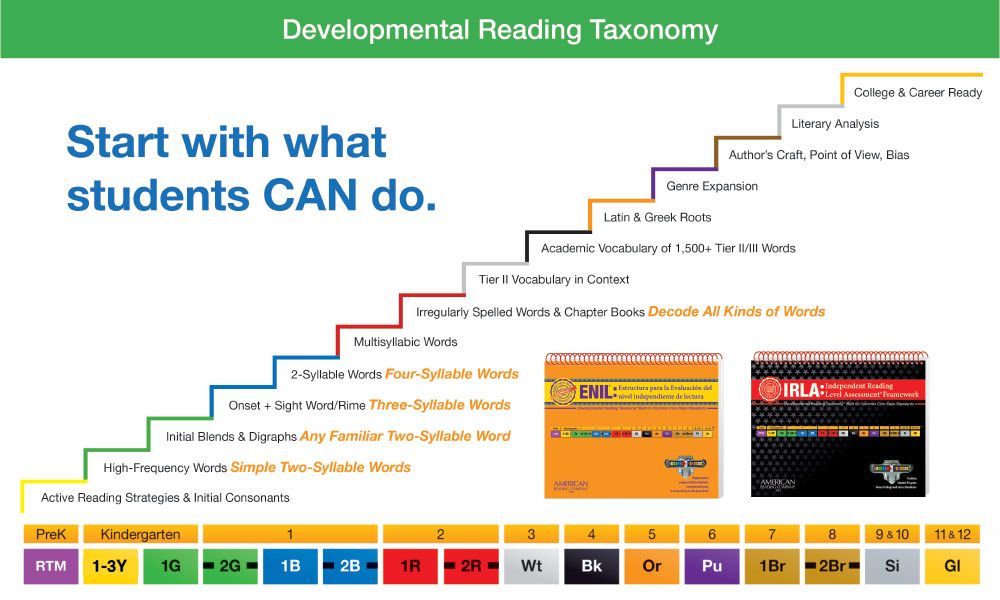Addition for preschoolers
How to Teach Addition for Preschoolers-The Fun Way
Inside: Teaching addition for preschoolers can feel a big job. Thankfully, it doesn’t take much to make learning fun for preschoolers! After reading this post, you’ll know if your preschool has the necessary foundation to begin addition, and some strategies to make learning addition fun!
I watched him study his teddy grahams. My 4-year-old was enjoying his snack, and had split his teddy grahams in two piles. “Mommy, I have 4 here and 5 here. How many do I have?”
We have been working on counting for a long time and he’s doing great. Now, he’s naturally trying to figure out how many he has if he combines two groups of objects.
As a former kindergarten teacher, I know we have to be careful about jumping ahead before he’s ready. Having a strong foundation of number sense is essential as he learns new math skills.
We also don’t want to introduce him to skills that he’s not ready for. Trying to push kids to learn skills before they are ready could create frustration to the point of hating learning. Some children might not be developmentally ready to learn it, and it could even plant a lifelong belief that they are not capable of learning.
At this age, and really at any age, one of the most important goals is that kids are learning through play, and having fun. It is great to challenge them if they are ready for some more rigorous thinking. We have to challenge them carefully, being intentional to protect the wonder and excitement of learning new things.
What Age Should Addition and Subtracton Be Introduced?
Addition is a kindergarten standard, and typically is introduced in the spring of your child’s kindergarten year. If your child has a strong foundation of counting, number sense, and more/less, you can introduce addition by age 4-5.
The ability to add is not a requirement at the beginning of kindergarten, so if your child is in preschool, don’t put too much pressure on your child (or yourself) to learn to add.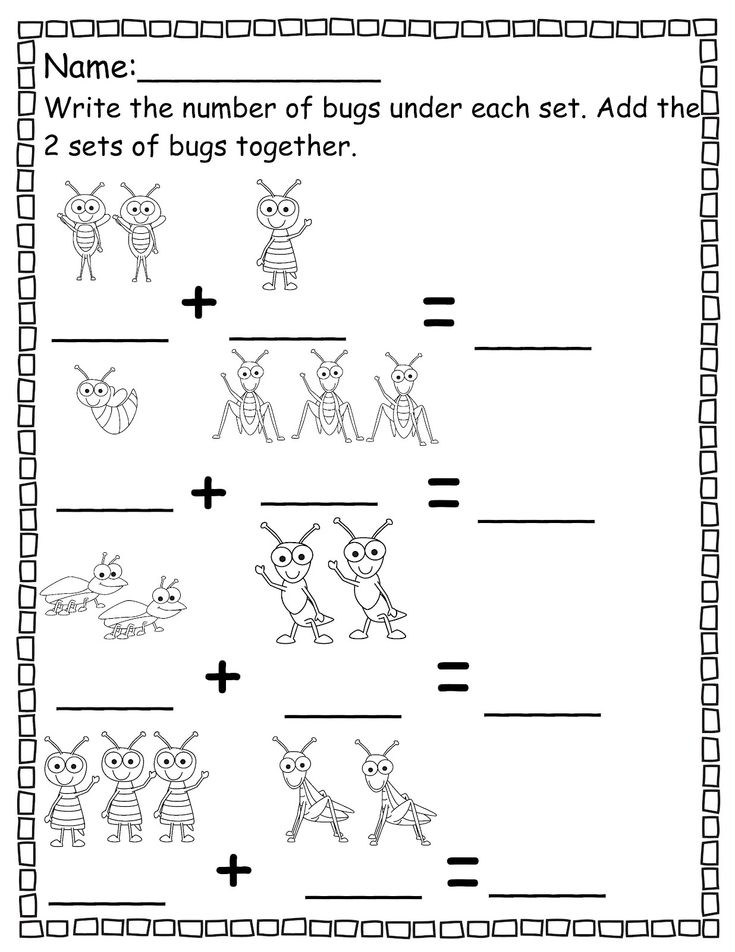 It’s more important to have a solid foundation before moving on.
It’s more important to have a solid foundation before moving on.
What Preschoolers Should Know Before Starting To Learn Addition
There are many foundational skills preschoolers should be confident in before learning addition.
- Counting
- Use “junk tubs” which are tiny containers filled with miscellaneous items. Have your child take a handful and count them, sort them, and make a pattern. Put it back and take a new handful. The next day, do the same activity but with a different item. At this age, new items to count are basically a whole new activity.
- To make your own junk tubs, just collect items around your house that you could put into small containers. Your goal, in the beginning is that their small handful would be less than 20 items. (If you think it will be more than 20, just put 20 items in each tub to start with.)
- Some ideas are:
- pom-poms
- different types of macaroni
- keys (You know, the ones that you have no idea what they go to anymore)
- gift cards (which are surprisingly good for sorting)
- a bag of rocks from the dollar store
- circle caps from applesauce pouches
- cubes
- seashells
- plastic animals
- buttons
- dyed beans
- dyed pumpkin seeds
- Some ideas are:
- Count Throughout Your Day
- Count the number of your child’s steps from their room to the kitchen, as you go down the stairs, to the car, etc.
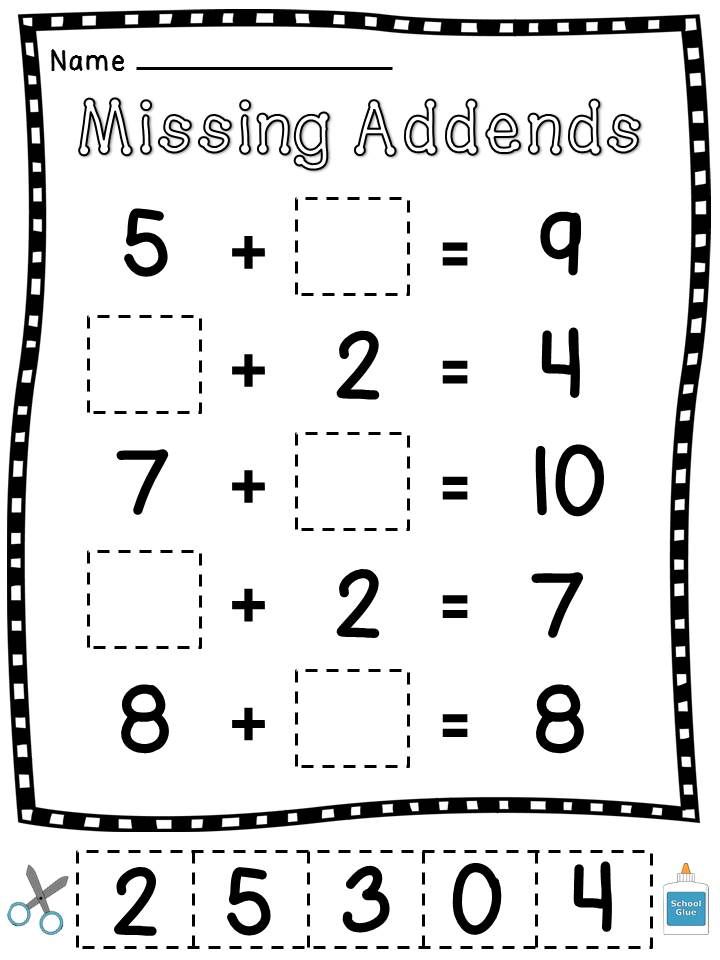
- Ask your child to count how many socks came out of the dryer as they are helping with laundry.
- Have your child count how many of a certain toy they have. (Aim to keep the number less than 20.)
- Count the number of your child’s steps from their room to the kitchen, as you go down the stairs, to the car, etc.
- One-to-One Counting
- When a child is first learning to count objects, I always teach them to move each item as they count it instead of just point and count. If they move the item and make a new group, it is easy to tell which items have already been counted and avoid counting the same item twice. One-to-one counting is only saying one number as they move one item. The alternative is counting at a different pace than they are moving items. For example, move one bean while saying “one,” move the second bean while saying “two,” move the third bean while saying “three,” instead of move one bean while saying “one, two, three,” move the second bean while saying “four, five, six,” etc.
- Cardinality
- This is understanding the last number you say when you are counting is how many items you have in your set.
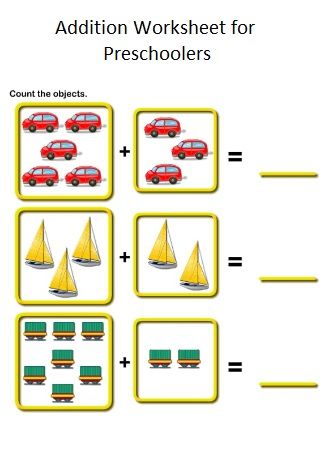 Sometimes when young children are counting, they think they are “naming” each item. After they are finished counting if you ask them how many they have, they look at you with a confused look on their face as if to say “How should I know?” They think they have given the last item they counted the name of “six” instead of understanding the have a group of six. To practice this, when your child is finished counting a group, simply ask them “How many are here?” When I ask that question, I usually touch the whole group of items the child has just counted so they know I am asking about the entire group.
Sometimes when young children are counting, they think they are “naming” each item. After they are finished counting if you ask them how many they have, they look at you with a confused look on their face as if to say “How should I know?” They think they have given the last item they counted the name of “six” instead of understanding the have a group of six. To practice this, when your child is finished counting a group, simply ask them “How many are here?” When I ask that question, I usually touch the whole group of items the child has just counted so they know I am asking about the entire group.
- This is understanding the last number you say when you are counting is how many items you have in your set.
- Number Recognition (0-10)
- My son first started getting interested when I was cooking and would let him press the numbers on the microwave. I would tell him “Press the 5.” He was excited when he started learning what numbers to press when I asked him to. The idea with this is to sneak numbers in whenever an opportunity arises. When we are in an elevator, I tell him what number to press and give him a minute to figure it out.
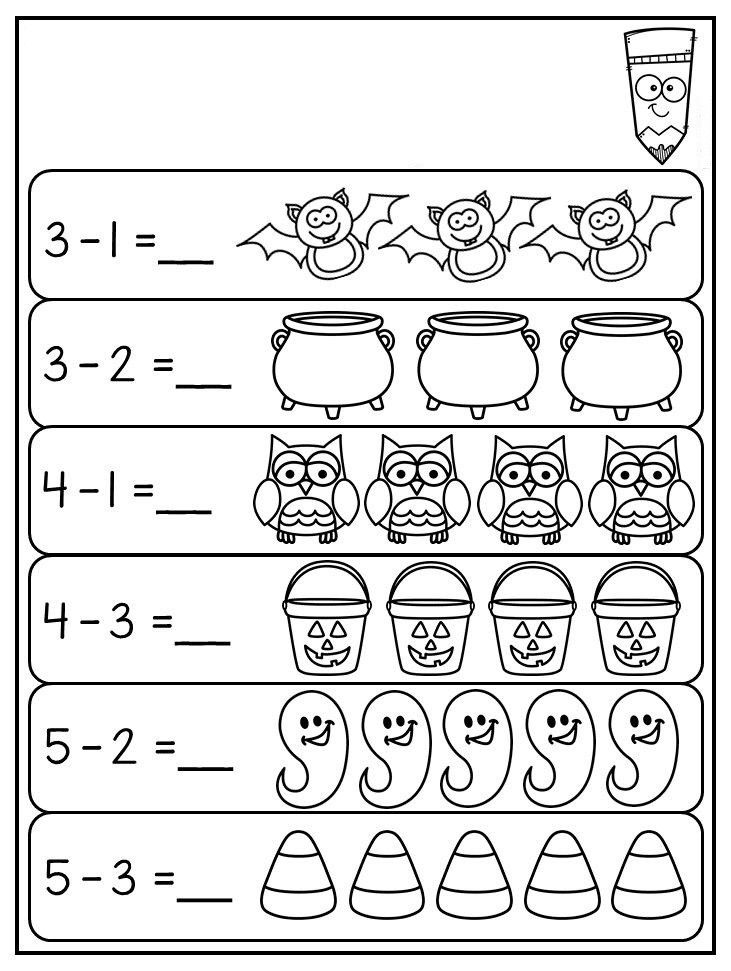 Our van has a large digital clock that he can see from his car seat, so we talk about numbers when we are in the van. We talk about clocks, the numbers on remotes, the numbers on our mailbox. Anywhere you see numbers, point them out and have your child tell you what number they see.
Our van has a large digital clock that he can see from his car seat, so we talk about numbers when we are in the van. We talk about clocks, the numbers on remotes, the numbers on our mailbox. Anywhere you see numbers, point them out and have your child tell you what number they see. - We love to play with magnetic numbers on the fridge, foam numbers in the bath, and a puzzles with numbers.
- Once your child can recognize numbers, have them grab a pile of items from your junk tub, count, and match a number. For instance, if they have a pile of 6 things, they match it with the number 6. Use pre-made numbers at first. This could be numbers you have written on a post-it or index card, or magnetic numbers, foam bathtub numbers, numbers from a puzzle, etc.
- My son first started getting interested when I was cooking and would let him press the numbers on the microwave. I would tell him “Press the 5.” He was excited when he started learning what numbers to press when I asked him to. The idea with this is to sneak numbers in whenever an opportunity arises. When we are in an elevator, I tell him what number to press and give him a minute to figure it out.
- Greater Than, Less Than
- The terms “greater than” and “less than” can be confusing…. until you introduce the concept using cookies (or something your child loves) as an illustration. It isn’t necessary to introduce the symbols yet.
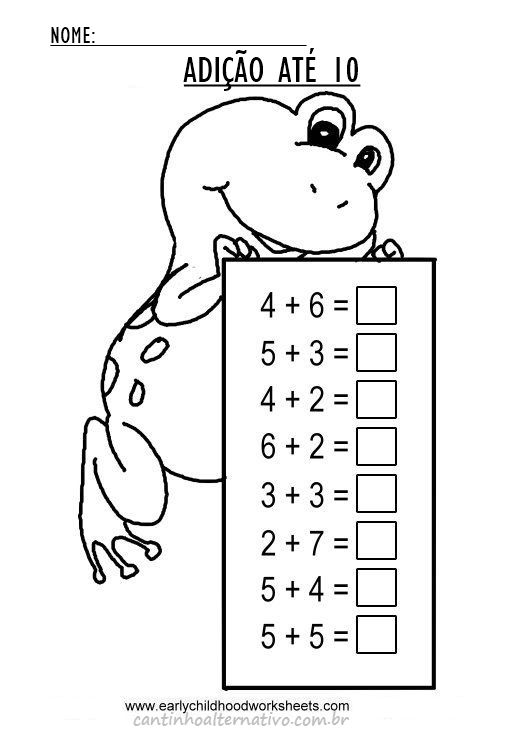 “There are two piles of cookies, but we have to pick one! Which one do you think he wants? This pile has 10 cookies but my second pile only has one cookie.” Of course, the child will pick the pile with more. Discuss the terms more and less.
“There are two piles of cookies, but we have to pick one! Which one do you think he wants? This pile has 10 cookies but my second pile only has one cookie.” Of course, the child will pick the pile with more. Discuss the terms more and less. - Use these terms during play. Do you have more red or blue blocks? Do you have more socks or shoes? What about trucks or cars?
- The terms “greater than” and “less than” can be confusing…. until you introduce the concept using cookies (or something your child loves) as an illustration. It isn’t necessary to introduce the symbols yet.
- One More, One Less
- After your child has mastered counting, you can introduce the idea of “one more” and “one less.” When they have finished counting a group of objects, add one to their pile and ask “How many do you have now?” Often, they will have to recount the entire group. This is ok. Keep working on it until they do not have to count the entire group.
- Next, repeat the same activity but instead of physically adding an object to their pile, just ask them “What is one more?” “What is one less?”
Are you tired of hearing “It’s TOO HARD!” followed by a meltdown?
Perseverance is the biggest predictor of success, even more than raw talent or aptitude.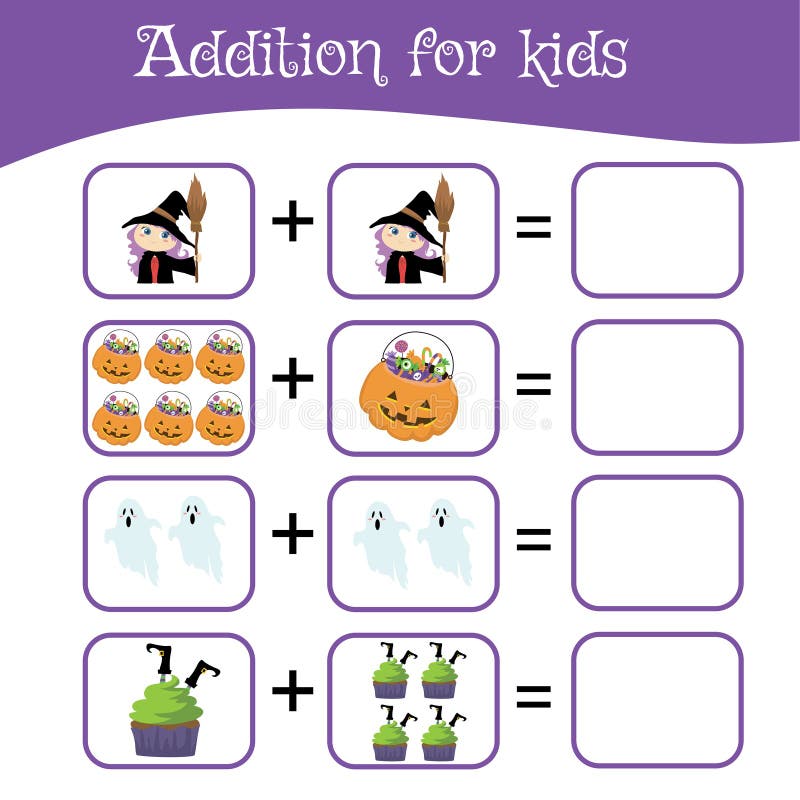
Grab a FREE video lesson to teach your kiddo one of the keys to perseverance…which is how we talk to our brain.
They’ll learn what to say when they encounter something difficult, and why it’s so important!
How Do You Explain Addition to a Preschooler?
Use concrete objects (like items from the junk tubs above), make two piles. Move each object to a new (combined) pile while counting. At the end ask your child “How many do you have when you put both groups together?”
Start with numbers that will add up to less than 5. Once your child understands the concept of addition, you can go up to 10.
Don’t worry about writing (or reading) equations when first starting out.
Activities That Teach Addition To Preschoolers
Addition is a big topic to begin teaching your preschooler, but if your child has a solid foundation learning addition will come easily. Start with concrete objects. The more children are able to touch and manipulate toys, the easier it will be for them to learn what they actually are doing by adding.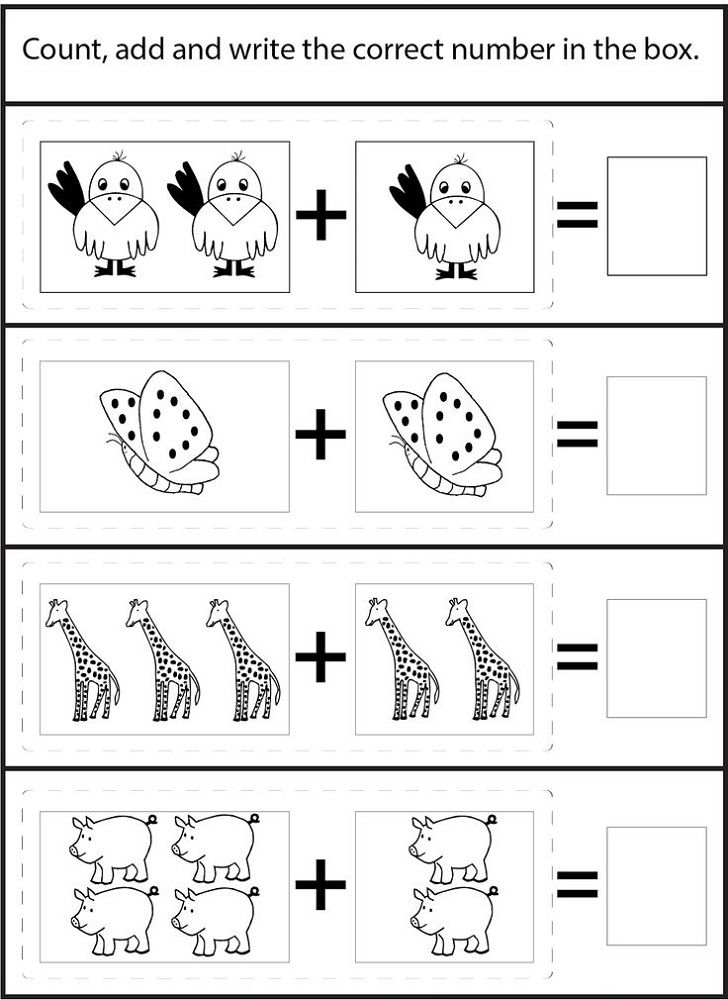
- Start with having the child complete sets with numbers up to 5. For example, if you have 3 counters, but want 5 how many more do you need? This can also be explained as “counting on.” In the beginning, always have your child physically do this.
- After your child is comfortable with making numbers to 5, have them make numbers to 10.
- Next, you can start working on addition to 5. Don’t worry about introducing the symbols yet. You can either verbally tell them what to add, or they can roll a dice. If you choose to roll a dice, use tape or stickers to cover up the 4, 5, and 6, and draw 1, 2, or 3 dots over them.
When teaching addition to preschoolers, be sure to spend a lot of time on each step before moving on to the next step. At this age, kids very rarely get bored with these activities. Having them do the same activity with different manipulatives feels like a whole new activity.
Even after you think they understand what they are doing, have them keep practicing.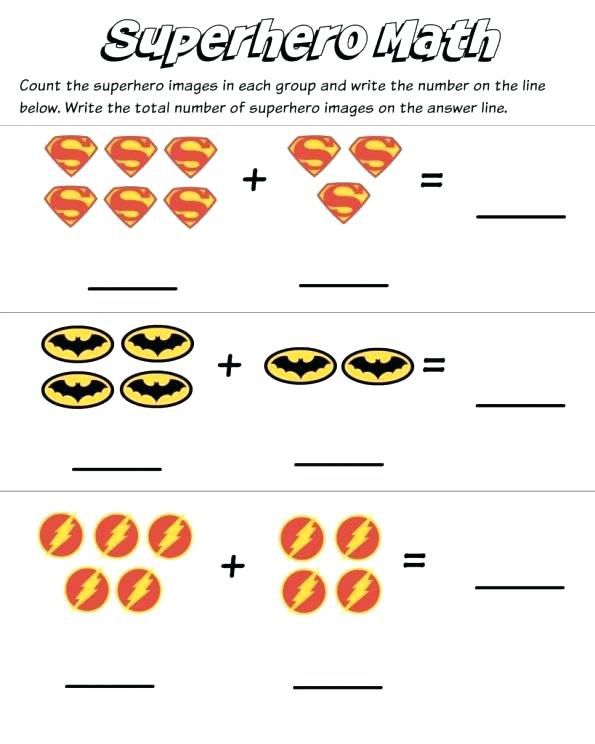 It’s important that they have a solid foundation before moving on to the next thing. These basic skills they are learning will be the basis of their math learning for their entire lives.
It’s important that they have a solid foundation before moving on to the next thing. These basic skills they are learning will be the basis of their math learning for their entire lives.
Dice Addition
Take two dice, and cover the numbers 4, 5, and 6 with stickers. On those stickers draw 1, 2, and 3 dots. Have your child roll both dice. Get physical objects to represent the numbers rolled. If you rolled a 2 and 3, make a pile with 2 objects, and 3 objects.
Count all objects, moving each item to a new (combined) pile as you count. How many do you have altogether?
Any game that uses dice is great practice for subitizing, which is important for more advanced math skills.
Flash Card Addition
Similar to the game above, use flash cards instead of dice. Make a deck of cards with 1, 2, and 3’s. Use a combination of written numbers and dots. Represent the numbers different ways. Write the number 2 on one card, draw 2 flowers, and draw 2 dots. Draw two cards, and make piles of physical objects to represent the numbers rolled.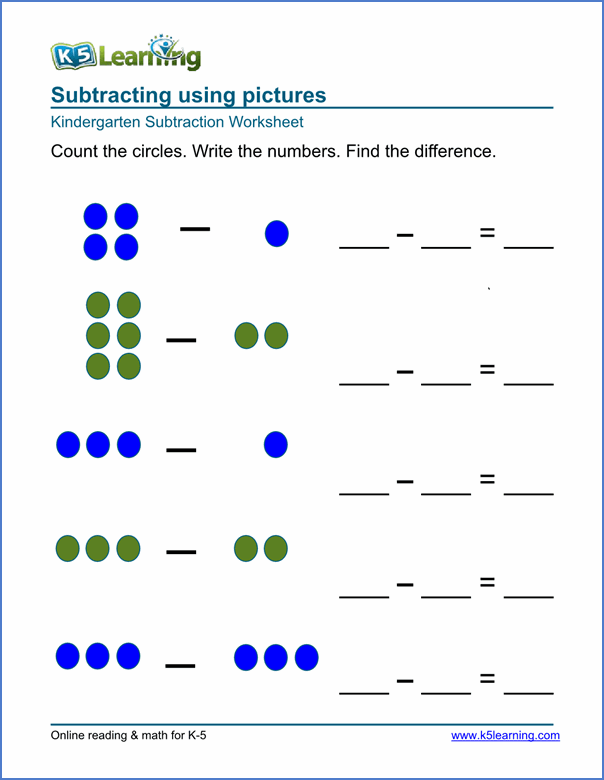 If you rolled a 2 and 1, make a pile with 2 objects, and 1 objects.
If you rolled a 2 and 1, make a pile with 2 objects, and 1 objects.
Count all objects, moving each item to a new (combined) pile as you count. How many do you have altogether?
Games
As an Amazon Associate, I earn from qualifying purchases at no additional cost to you.
Sum Swamp
This is a fun way to practice beginning addition skills. You race through the swamp, while meeting fun swamp creatures. You will still want to use physical objects when solving addition problems.
Pop! Addition & Subtraction Game
Spin the spinner and keep the gumballs for correct answers. You will still want to use physical objects to solve addition and subtraction problems.
Board Games
One of my favorite ways to practice addition is to add a deck of cards to any board game. Make your own deck of cards, and instead of writing 2+3 on the card, make a group of 2 triangles on the top, and a group of 3 triangles on the bottom. (Make cards for all different combinations up to 5).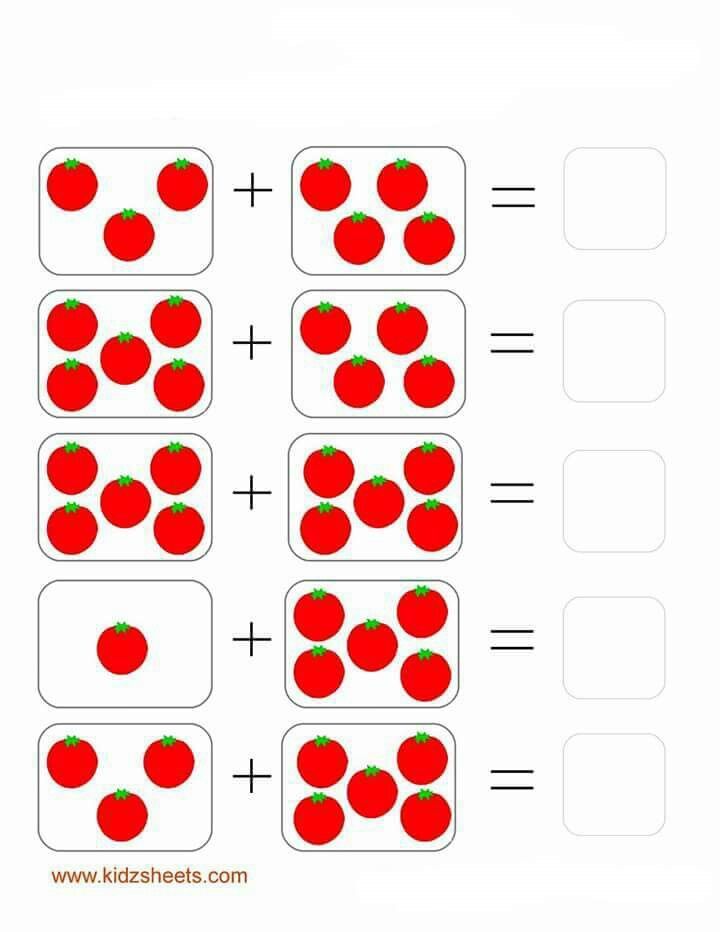
When playing your favorite board game, everyone has to draw an addition card before their turn. When your child draws a card, they can count the groups to find out how many altogether. You may even need your child to check your answers to make sure you are adding correctly!
Monster Under the Bed
This game is very popular with kindergarteners! Using an egg carton, cut the lid in half but leave both halves attached. Tape one half down so it can’t be opened. Put 5 buttons or pom-poms in the egg carton and close the whole lid. Shake. Open the lid. If you only see 2 pom-poms, how many are under “the bed?”
This game helps with number combinations. Start with 5, and once your child gets really comfortable with those, increase the number by 1.
Visualize This…
When teaching addition, don’t use the terms “plus” or “equals.” State the equation as “three and two is the same as five.” Eventually you will use those terms but when you are starting out, replacing the word “plus” with “and” better communicates the physical act of what you are doing.
Saying “is the same as” instead of “equals” helps set up the child for future math problems. In school, children are starting to see algebraic problems earlier and earlier. They need to see a math equation more as a balance scale with both sides balancing out. The middle would be an equal sign.
Take Away the Pressure
Kids will not be required to know addition when entering kindergarten. Knowing addition but not having a good foundation will hurt them in the long run. Wait until your child has a strong foundation and is curious enough about numbers to be excited and engaged to learn! Keep it fun and enjoy time playing games together, or simply adding your teddy grahams.
Want More?If you liked this, you’ll love:
13 Genius Dot Stickers Activities That Will Delight Preschoolers
6 Simple Activities To Do With Preschoolers At Home
6 Ways to Teach Subitizing and Strengthen Number Sense
Your TurnWhat are your favorite activities for teaching addition?
How to Teach Addition & Subtraction to Preschoolers [Easy Way]
Teaching addition and subtraction to preschoolers can be quite a task.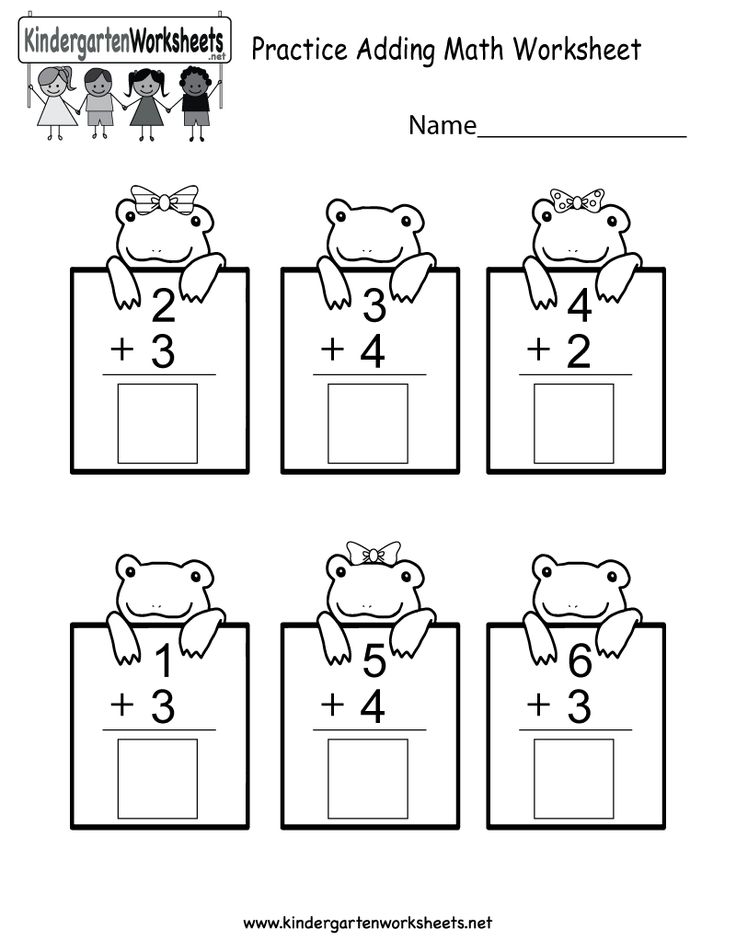 But what if I told you it can be fun, exciting, and easy at the same time?
But what if I told you it can be fun, exciting, and easy at the same time?
Preschoolers can be taught addition and subtraction using countable manipulative objects. Choose activities that include adding and taking away objects to and from a chosen set of objects. Use visually stimulating objects and try to make the concepts as concrete as possible.
Although addition and subtraction can seem too much for preschoolers, exposure to such concepts early in their life can help them massively in the long run. Read on to find out the different activities that can be used to clearly convey the concept of addition and subtraction to preschoolers.
Can 4- and 5-Year-Olds Add and Subtract?Children as young as 4 years old can count up to at least 20 and add by counting fingers on the hand.
Although subtraction may seem a little difficult to teach at first, 4 and 5 years olds can be introduced to the concept using simple activities.
Remember that the activities used to teach addition and subtraction for 4 and 5 year olds should be as concrete as possible.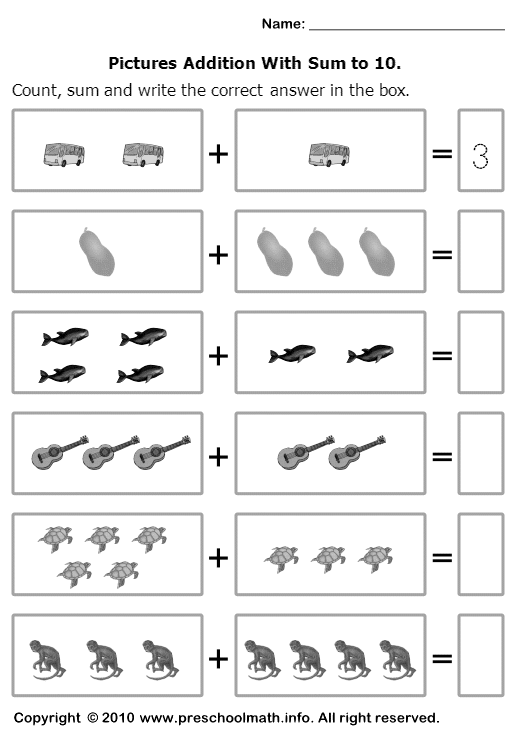 Start with physical objects and flashcards instead of mental math. While the concepts may seem hard for the kids at first, they will gradually learn as the concept is taught in different ways.
Start with physical objects and flashcards instead of mental math. While the concepts may seem hard for the kids at first, they will gradually learn as the concept is taught in different ways.
Learning should also be fun and games, and kids love to draw. They will love this easy, step-by-step drawing tutorial about learning math.
What Age Should Addition and Subtraction be Introduced?Addition and subtraction can be introduced as soon as the children have a good understanding of numbers and counting, according to the different studies on the numerical development of 5-year olds and 6-year olds. While the child should not be bombarded with these concepts, it is perfectly fine to begin with math skills such as addition and subtraction.
Remember to move at the pace of the child and see if the child’s knowledge of numbers and counting is strong. Once you determine the child’s baseline, you can plan lessons accordingly.
How Do You Explain Addition to a Preschooler?The concept of addition can be explained to a preschooler by visualising it as adding or bringing together two or more quantities to make a new total.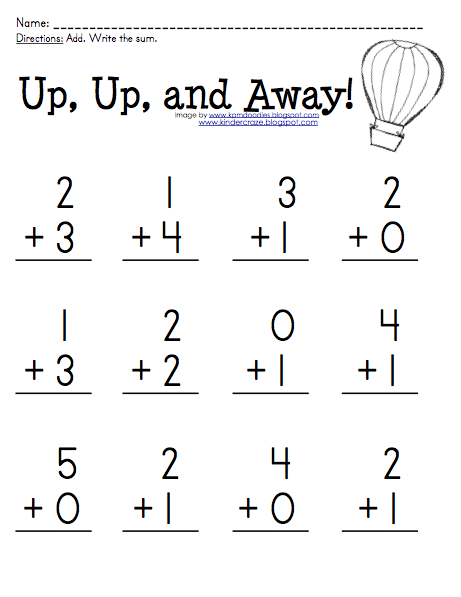 Start with the basics of addition, such as its sign (+) and that it is one of the four arithmetic operations.
Start with the basics of addition, such as its sign (+) and that it is one of the four arithmetic operations.
The best way a preschooler can get started with addition is by using physical objects. This will help make the addition as concrete as possible. The child will also be visually stimulated while using physical objects.
Count the objects together and add one or two to the existing pile. Teach your kid mental math by making him or her repeat the math facts after you.
Keep scrolling if you’re looking for fun and exciting activities to teach the concept of addition to preschoolers.
What Are Some Good Addition Activities for Preschoolers?Some good addition activities for preschoolers are the addition catch game, addition card game, introducing picture books, and using physical objects, flashcards, and abacus.
You can also add a bit of twist to the following activities using your creativity! Keep in mind that the goal is to make learning informative, fun, and exciting for the kids.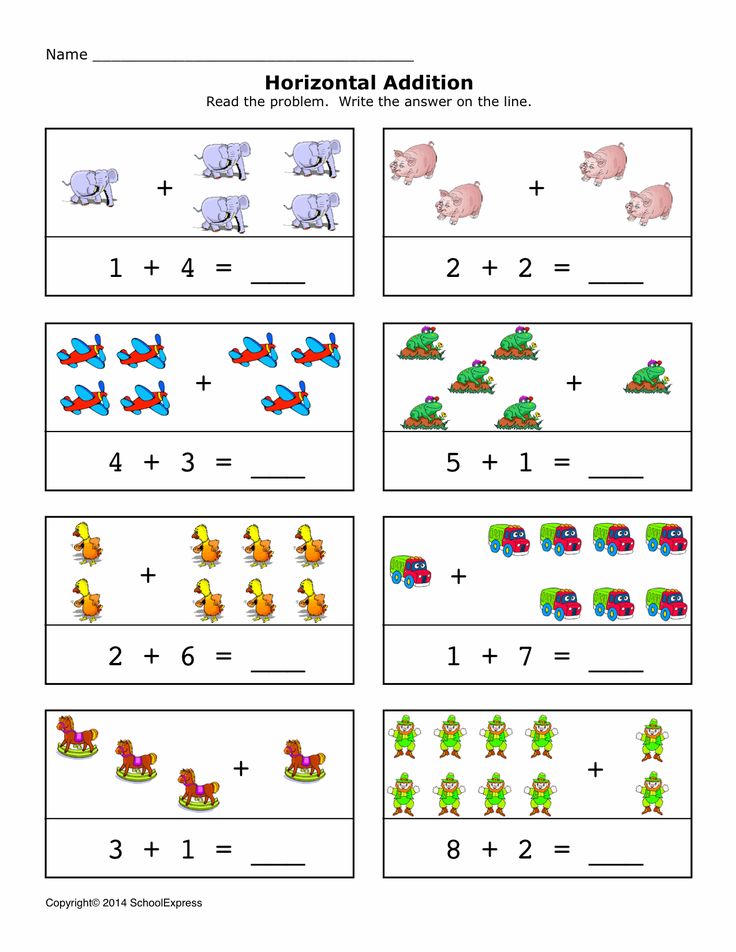 Read on to delve deep into each activity.
Read on to delve deep into each activity.
To play the Addition Catch game, you will need a large ball divided into colored sections. Write simple addition problems without the answer on each section of the ball. The activity is simple. Play catch and throw with your child. Whoever catches the ball has to solve the questions that are written closest to the hands.
It is an excellent activity to teach addition to preschoolers and works best when played in classrooms.
Addition Card GameHere is another activity to teach the concept of addition to preschoolers. To play the Addition Card Game, you only need a deck of cards. Each player should take two cards, add the numbers on the two cards, and give the correct answer. He or she gets to keep the cards only if the answer is right. The player with the most number of cards at the end wins the game.
This is a simple but fun activity. And if there are more than 2 players, the Addition card game will be even more exciting!
Use Physical Objects and FlashcardsPreschoolers can only understand concrete concepts, especially when it comes to math skills.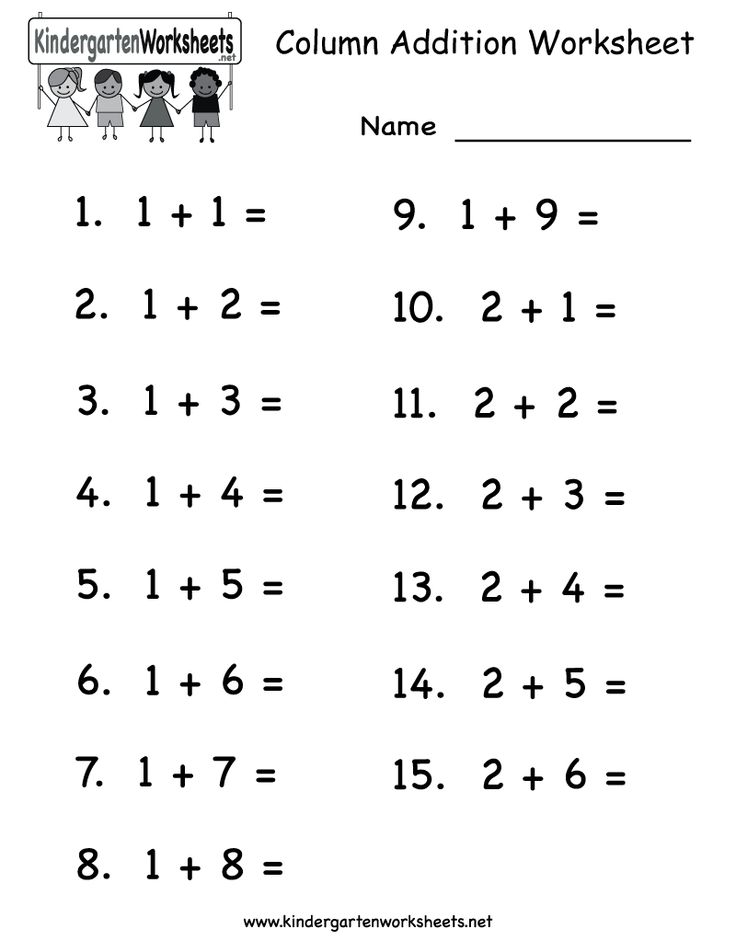 That is why using physical objects and flashcards is one of the best concrete activities out there to teach addition and subtraction.
That is why using physical objects and flashcards is one of the best concrete activities out there to teach addition and subtraction.
For this activity, you will need physical objects and flashcards. Use flashcards with numbers 1-10 written on them. Physical objects can be building blocks, sticks, or anything that is easy to hold and can be manipulated. Note that you’ll need a number of the same object. Avoid using objects of different shapes and colors together as this can confuse children. Also, be careful not to choose sharp objects for the activity.
Here is how you can teach addition using physical objects and flashcards:
Step 1: Present a flashcard with any number between 1 and 10 written on it.
Make the child read out the number written on the flashcard. Now ask the child to count out the objects to match the number on the flashcard. Those objects should be kept together in a pile.
For example, if the flashcard shows number 5, the child has to take 5 objects and keep them together in a pile.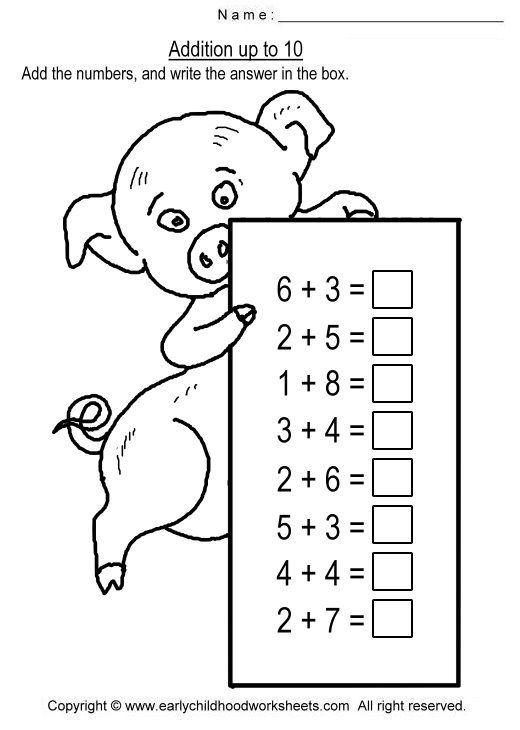
Step 2: Now have your child take another flashcard and look at the number written on it. Discuss the number of objects to be added to the existing pile of objects in order to match the number on the flashcard.
For example, if the second flashcard showed 8, the child has to add three more objects to the existing pile (that consists of 5 objects) to match the number shown on the flashcard, which is 8.
Step 3: Subtraction can also be taught using this activity. For example, if the number on the second flashcard is 3, the child has to remove two objects from the existing pile of 5, to match the number on the flashcard, which is 3.
Once the child gets a hang of the activity, repeat it using different flashcards. Practice it at least once a day and increase the level of difficulty as the little ones get better with simple numbers. You can also introduce new objects so that they don’t get bored.
Use Picture BooksPicture books work best for visual learners. To teach addition using picture books, simply choose a book made for your child’s group; most math books will be labeled by grade level.
Sit down with your child and flip through the book together. Show your child if you notice something interesting and appreciate your child if he or she shows an interest in anything in the book. Note that books with bold visuals work best for children as it will be easier to catch their attention.
If your child likes stories, choose books that incorporate math activities inside short stories. Encourage them to repeat after you or try reading the numbers aloud. Make your child count the number of objects in the book and answer questions about addition. Do not forget to reinforce correct responses!
Use an AbacusAbacus is a simple counting tool with rods along which beads are slid. An abacus with brightly colored and large beads will be best for kids as it will be visually stimulating and easy to manipulate.
To teach addition using abacus, push all the beads to one side and place the abacus in front of your child.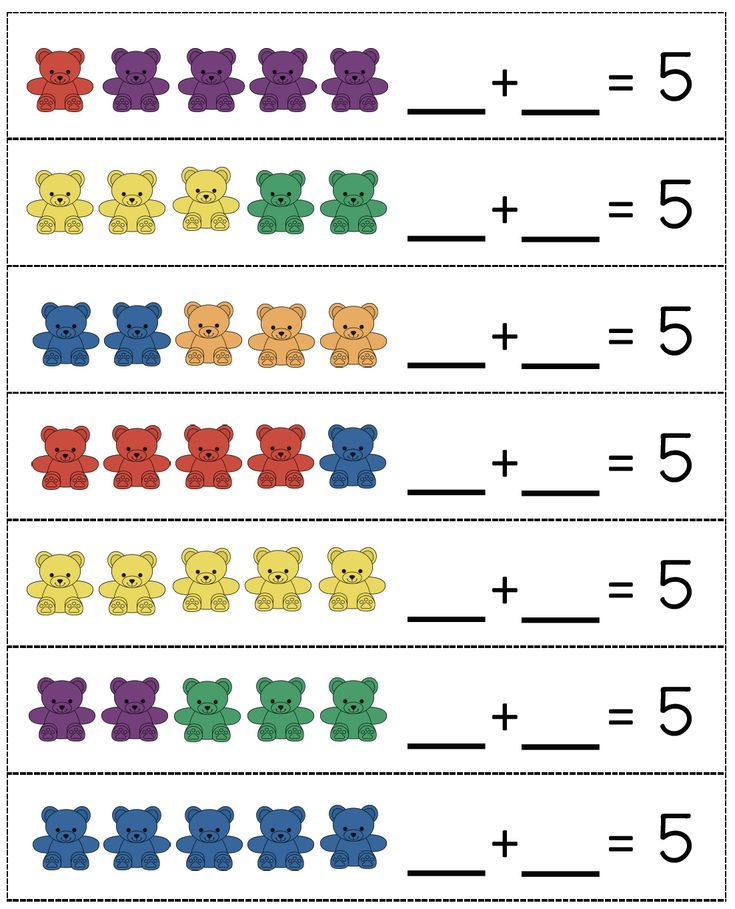 The beads are divided into rows of ten, so start with moving one bead on the top row. Say “1” aloud as you move your bead. Similarly, have your child move a bead on the bottom row and make him say “1” aloud.
The beads are divided into rows of ten, so start with moving one bead on the top row. Say “1” aloud as you move your bead. Similarly, have your child move a bead on the bottom row and make him say “1” aloud.
Now add another bead to the first one on the top row and tell your child that 1+1 = 2. Ask him to add one bead to the first on the bottom row and encourage him to say 1+1 = 2. Continue the activity till you move 10 beads.
You can also teach subtraction using the abacus. From a group of beads on one side, move one to the other side and make your child count the number of beads left. For instance, keep 3 beads together on one side and move one bead to the opposite side. Tell your child that 3-1 = 2 and show the two beads that are left on one side.
Is Subtraction Harder To Teach To Preschoolers Than Addition?Subtraction is harder to teach to preschoolers than addition. This is because subtraction is more abstract than addition as the order is relevant in subtraction.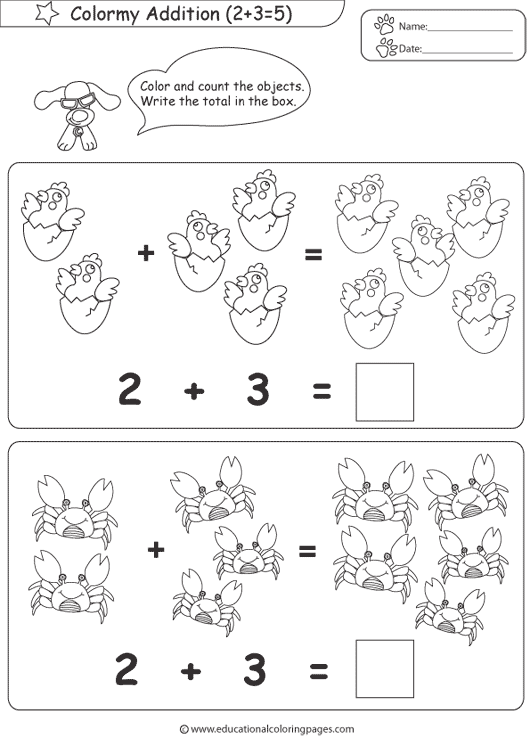 On the other hand, you just need to add numbers together in addition, making it more concrete and easier to understand than subtraction.
On the other hand, you just need to add numbers together in addition, making it more concrete and easier to understand than subtraction.
But this does not mean preschoolers should not be taught subtraction. The concept of addition and subtraction can be introduced as soon as the children acquire a good understanding of numbers and counting as the two concepts are crucial for learning the rest of elementary arithmetic.
What Is The Easiest Way To Teach A Child Subtraction?The easiest way to teach a child subtraction is to introduce basic concepts that would lay the groundwork for quick learning of subtraction, such as understanding that subtraction means taking away something and that it is the opposite of addition.
Subtraction also works best while using hands-on materials. Physical objects would always help make concepts concrete, making it easier for kids to understand.
In addition to explaining what subtraction is, you can try out different fun and interesting subtraction activities given below to teach subtraction to preschoolers.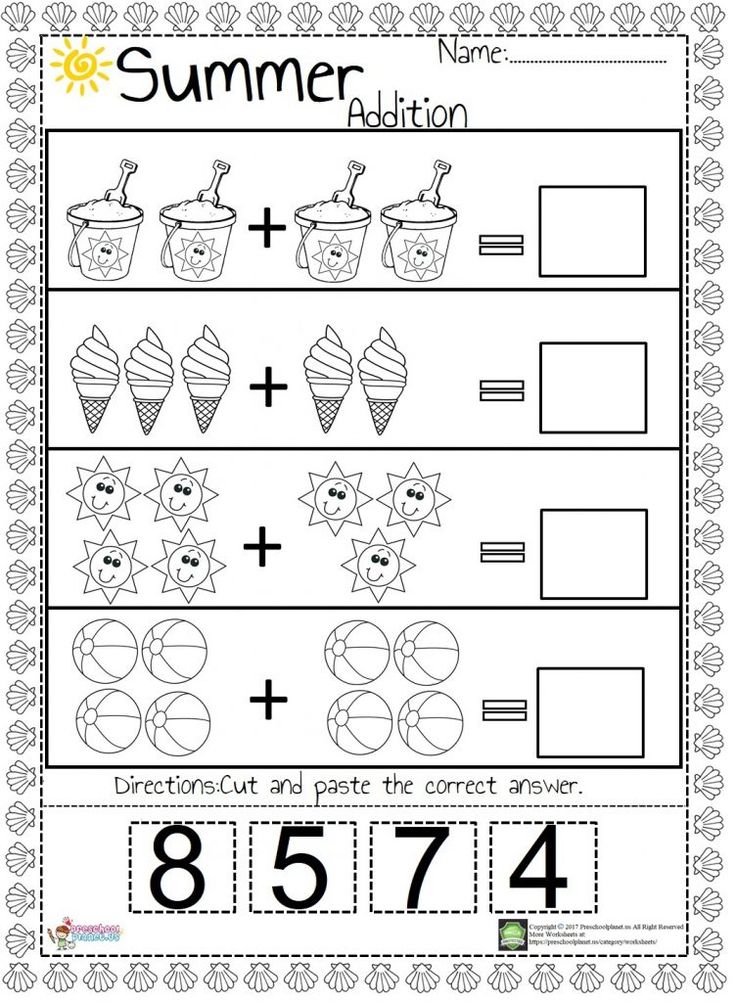
Subtraction activities can be taught by making the child visualise the concept. The best way to do this is to use physical objects and hands-on materials. Here are some interesting activities that can be used to teach subtraction to preschoolers:
Bowling GameSet up ten bowling pins and give the child a ball to knock them over. After the first try, count the number of bowling that are left standing. Have your child calculate the number of pins that he knocked over with the ball. Reinforce by giving an extra trial for every correct answer.
Subtraction Card GamePlayed using a deck of cards, the subtraction card game involves the players taking two cards and subtracting the two numbers on the cards chosen. The player gets to keep the card if the answer is correct. The player with the most number of cards at the end wins the game.
This is a fun and exciting activity and would work best if there are a lot of players!
Use AbacusAbacus can not only help teach addition, it can also make the concept of subtraction concrete.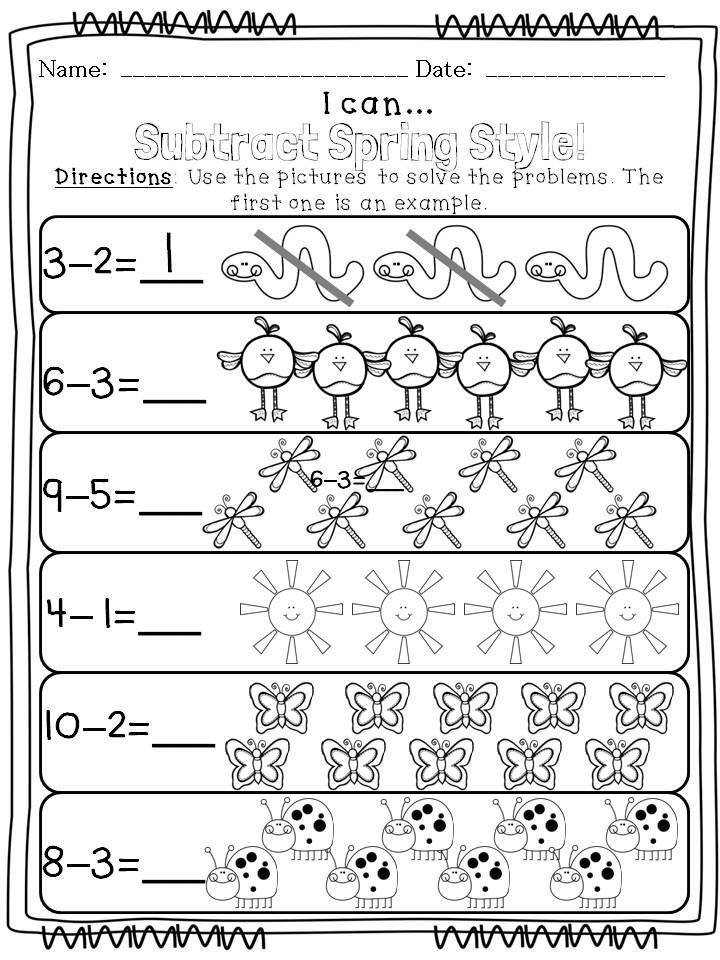 Begin with the activity by moving a group of beads (between 2 and 10) to one side. Make the child count the number of beads on one side and tell him to move one or two beads from the group of beads to the opposite side. Now have your child count the number of beads left on that side.
Begin with the activity by moving a group of beads (between 2 and 10) to one side. Make the child count the number of beads on one side and tell him to move one or two beads from the group of beads to the opposite side. Now have your child count the number of beads left on that side.
The best way to teach addition and subtraction is by making the two concepts as concrete as possible. Preschoolers will not be able to comprehend abstract concepts, so plan lessons that include hands-on materials, physical objects, and things that can visually stimulate the child.
How do I teach my child to add without using fingers?While finger counting is just a visual starter, you can teach children to add without using fingers by using physical objects and flashcards. When there is no hands-on material, children tend to use their fingers to get visual cues in order to perform addition correctly.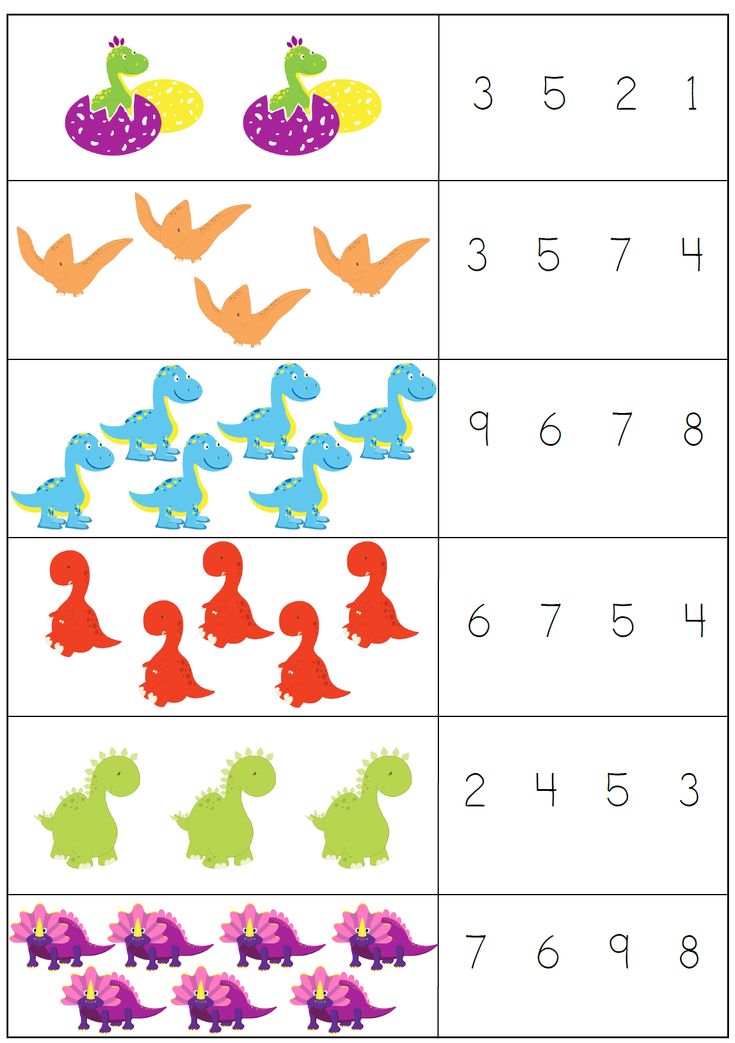
Regrouping in addition can be explained by introducing worksheets and highlighting the grouped numbers, or by using blocks into two columns of tens and ones. You can explain the concept of regrouping to preschoolers if they are familiar with terms like tens and ones.
how to create floor games for preschoolers
Floor games are a great addition to the pedagogical program. They support the natural desire of children to move, allow you to test knowledge on the topic studied and improve relationships in the group. It is not difficult to make a floor game, and most importantly, you can do it together with children, which will help develop initiative and independence in them. Alena Kondrashova, teacher of the Krasnoyarsk kindergarten No. 17, finalist of the “Educator of the Year of Russia” contest, participant in the L. S. Vygotsky contest, resident of the “University of Childhood” community, tells about how to invent such games correctly and what is needed for this.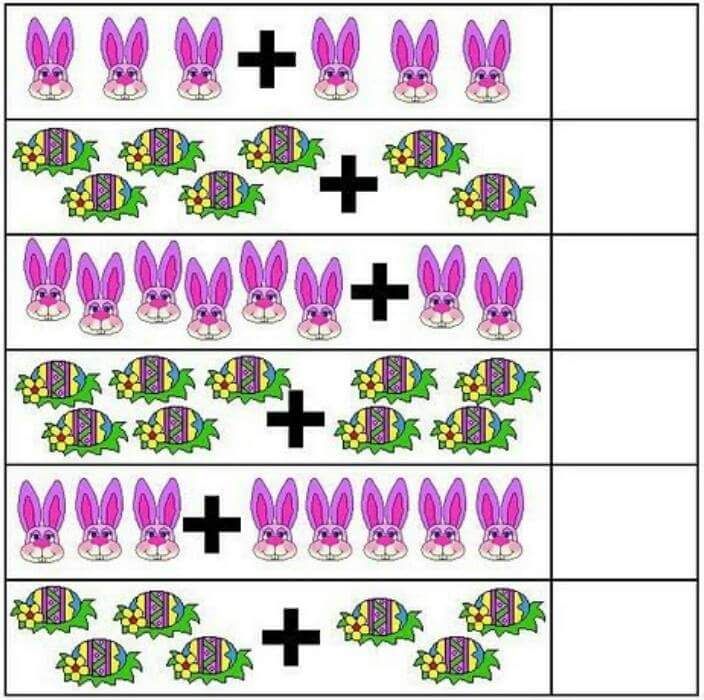 author of the collection "Outdoor games and tasks for children".
author of the collection "Outdoor games and tasks for children".
Alena Kondrashova created her first team outdoor game in 2019, and since then this activity has become a part of her senior group's schedule. One day, Alena noticed how eagerly children play Tic-Tac-Toe on the street, and decided to move this game to the garden, but with changes: she enlarged the playing field and added a little didactics - jumping over the squares, the child opened a card with a picture of a bad or a good deed, voiced it and removed it if the deed seemed unworthy to him. The game helped to consolidate the studied material, and revealed a great interest of children in outdoor games. It became clear that a square field can be filled with any didactic content and catch two birds with one stone: to encourage the desire of children to move, but at the same time direct energy in the right direction.
Six golden rules
After the improved Tic-Tac-Toe, Alena began to invent the following games, and in the process she determined seven important rules for herself that will become the key to an interesting and useful game:
- The game is for kids, not for adults.
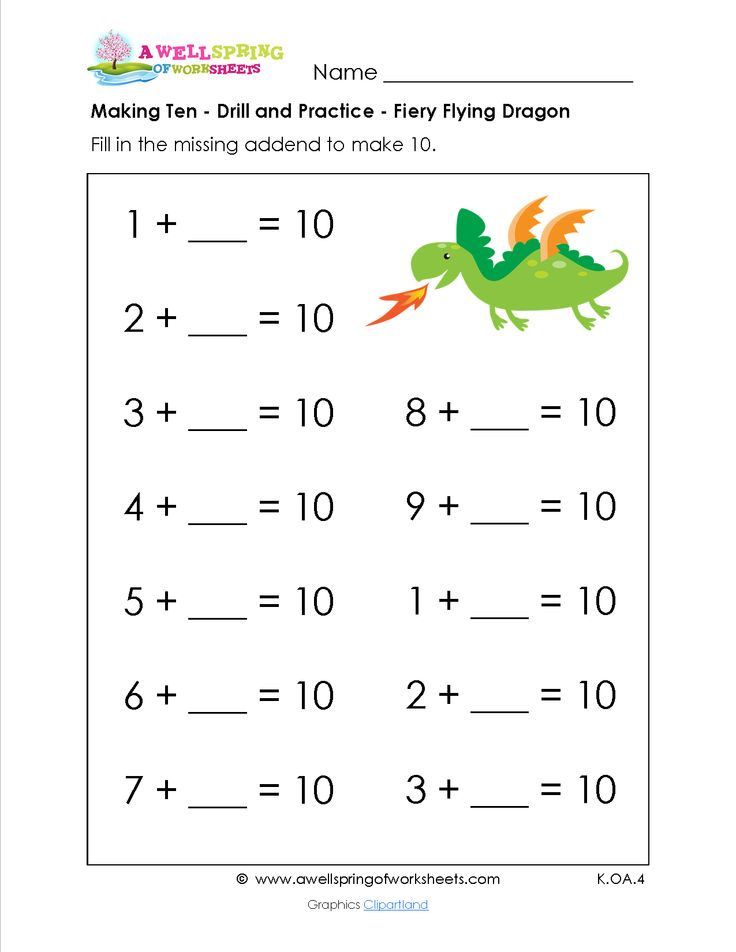
To arouse interest in children, do not make the game too hard, as well as too easy. - For children - entertainment, for the teacher - a tool.
The game is not just for fun. And if this is entertainment for children, then the teacher must formulate the goal that he wants to achieve with this activity, for example, to consolidate educational material or develop the logical thinking of kids. - "Squares" - a universal playing field.
An excellent introduction to floor games is the Universal Playing Board "Squares": a rectangle made up of 24 squares. The recommended size is 1.4 by 2.8 meters to make it easier for children to move around. You can create a playing field yourself, for example, draw squares with electrical tape on the floor, or you can use ready-made material, for example, a banner canvas. - Play is movement.
Think about what the child should do: remove the pictures, twist the hoop, jump with the ball. Children love movement, and they will get bored standing still.
Children love movement, and they will get bored standing still. - Rules are the basis of order.
Think and clearly explain to the children what can and cannot be done during the game. This will make it easier to control the process and achieve didactic goals. - Everything is good in moderation.
So that children do not get bored with games, it is optimal to play them no more than two or three times a week. The exception is gaming activity during morning exercises: it is part of the exercise cycle and takes only a few minutes.
Alena came up with a whole series of outdoor games that were included in her collection "Outdoor games and tasks for children", and shared with us five activities that can be easily done with kids.
5 Kindergarten outdoor games
1. Take away the excess
Arrange didactic materials with a picture of something or someone in the squares of the playing field.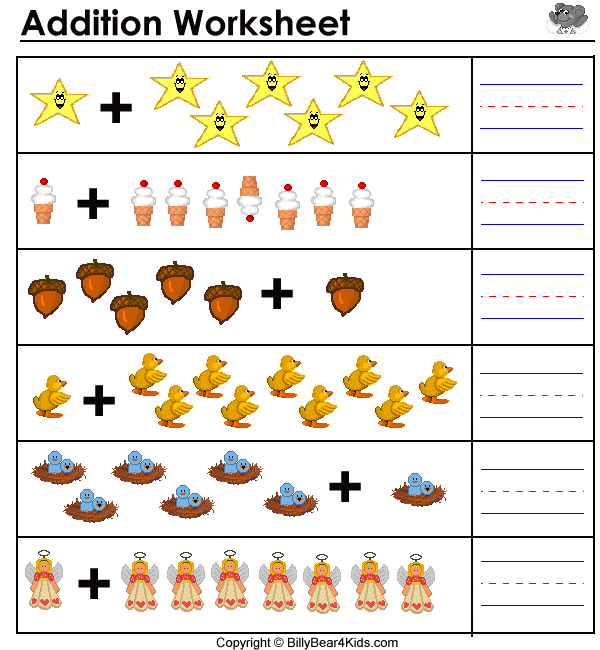 In each row there should be pictures generalized by one feature, and one card that does not fit the general feature. For example, three depict fruits and one depicts a vegetable. The players take turns jumping into squares with an extra image, raise a card and explain why they chose this particular object.
In each row there should be pictures generalized by one feature, and one card that does not fit the general feature. For example, three depict fruits and one depicts a vegetable. The players take turns jumping into squares with an extra image, raise a card and explain why they chose this particular object.
Benefits of the game:
- reinforces general concepts;
- develops logical thinking;
- helps overcome shyness;
- gives active physical activity.
2. “Picture”
Lay cards with pictures of something or someone face down so that participants cannot see their content. The players take turns jumping into squares with a card, open it, but keep it secret from the rest, and with the help of facial expressions and gestures show the depicted object.
Benefits of the game:
- helps to overcome shyness;
- develops imagination, memory and artistry;
- gives active physical activity.
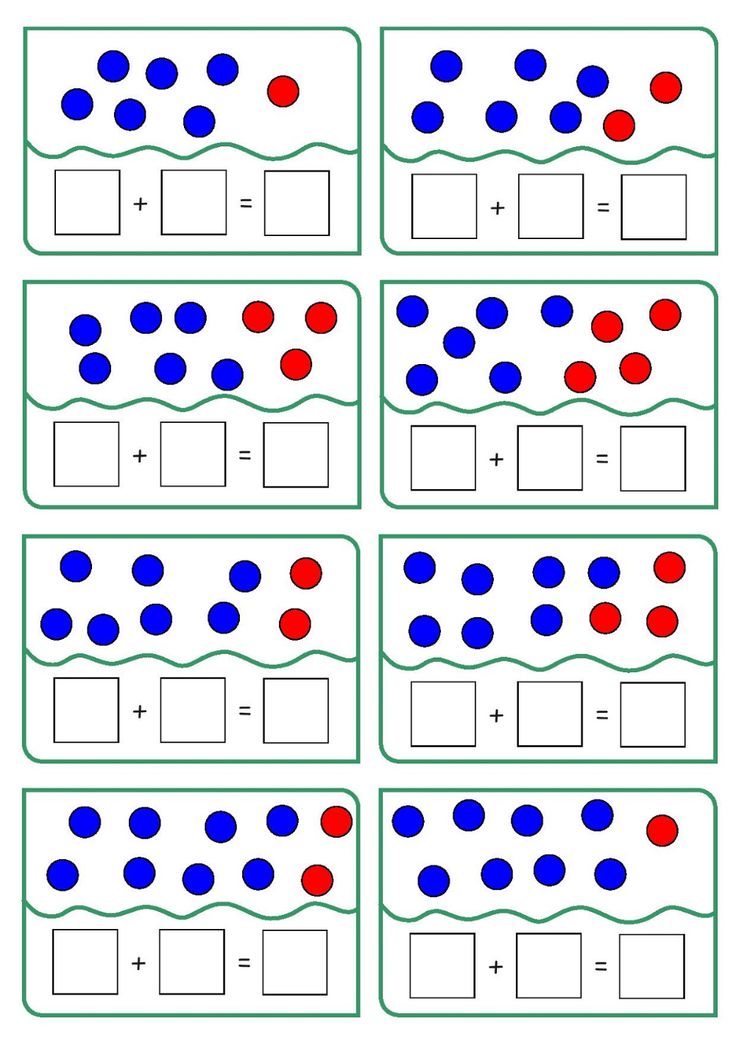
3. "Repeat after me"
A game that can be used at the gym and home sports. The first player moves around the playing field, showing the movement in the square, the rest repeat after him. He can come up with movements himself or open pre-folded cards with exercises. To conduct a physical minute, it is better to use a shortened version of the square field - for example, 12 squares.
Benefits of the game:
- helps to overcome shyness;
- gives active physical activity;
- develops imagination, memory and artistry;
- develops respect and attention to the actions of the participants.
4. "Journey by Numbers"
The game "Journey by Numbers" will help children remember the score, call numbers in forward and reverse order and understand their meaning. Lay out the cards with the image of numbers and come up with your own or make a route together with the children in advance: for example, 1-2-3-4-5 or 2-2-4-3-1.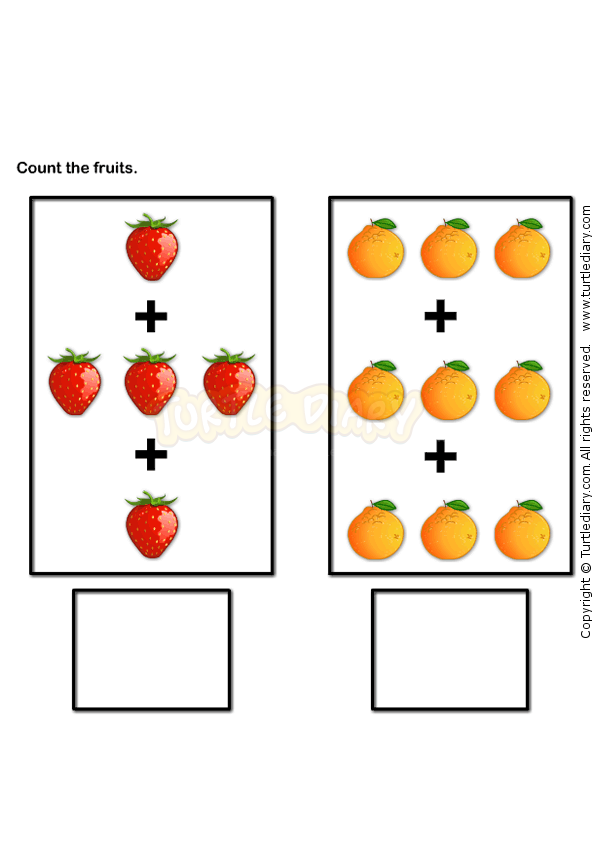 The proposed route, children can walk and jump, on one foot or two, on toes and in other ways that come to mind. The game is suitable for older preschool children.
The proposed route, children can walk and jump, on one foot or two, on toes and in other ways that come to mind. The game is suitable for older preschool children.
Benefits of the game:
- develops logical thinking and attention;
- gives active physical activity;
- helps overcome shyness;
- develops respect and attention to the actions of the participants.
5. A game that the children themselves will invent
Most of all, children love games that they have invented themselves. For Alena, this is the game “Don’t step on the burst balloon”: during the week, on a large banner sheet, each child drew his own balloon, among them there were whole and burst ones. The conditions of the game were simple: walk across the field and not step on the bursting ball.
The task of the teacher, notes Alena, is to complicate the game: for example, one child goes blindfolded, and the rest of the children guide him.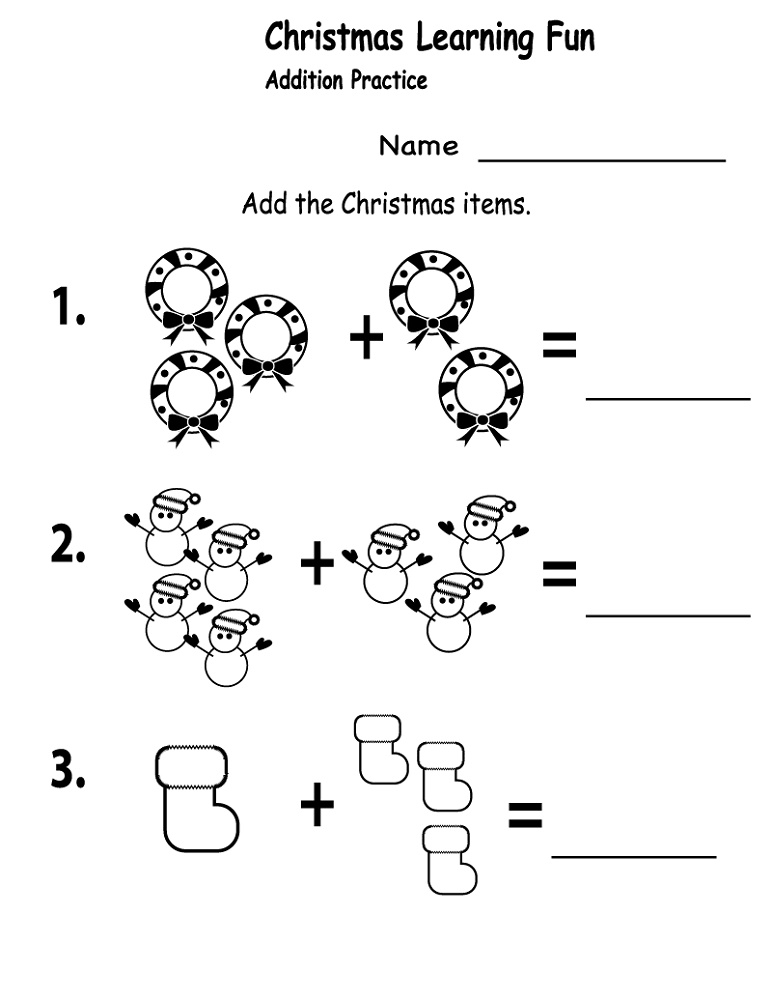 This is how communication skills and orientation in space develop, because for a successful passage you need to clearly know where is right and where is left. Another useful condition: we jump only on balls of a certain color or only on one leg. So, depending on the task set by the teacher and the initiative of the children, the game adapts to any needs.
This is how communication skills and orientation in space develop, because for a successful passage you need to clearly know where is right and where is left. Another useful condition: we jump only on balls of a certain color or only on one leg. So, depending on the task set by the teacher and the initiative of the children, the game adapts to any needs.
Benefits of the game:
- develops creative imagination;
- gives active physical activity;
- develops respect and attention to the partner's actions;
- develops orientation in space and dexterity.
You can download layouts of playing fields, get acquainted with the author's methodological developments and watch video master classes on outdoor games on Alena Kondrashova's website.
Partner material
Explanatory note The proposed program "STEM-EDUCATION OF CHILDREN OF PRESCHOOL AND PRIMARY SCHOOL AGE" is a partial modular program of preschool education aimed at developing intellectual abilities in the process of cognitive activity and involvement in scientific and technical creativity. The program can also be successfully used in extracurricular activities within the framework of the main educational program of primary general education, and each of its sections - an educational module - can be used as an independent unit in the system of additional education. The Law “On Education in the Russian Federation”, the federal state educational standard for preschool education, the state program of the Russian Federation “Development of Education” for 2018-2025 and the “Strategy for the Development of Education until 2025” set new targets for the development of the education system in the Russian Federation: creation mechanisms for its sustainable development, ensuring compliance with the challenges of the 21st century, the requirements of the innovative development of the economy, the modern needs of society and every citizen. One of the trends in the development of modern education is its socio-cultural modernization. The focus of the methodology of socio-cultural construction of education as the leading social activity of society is the formation of civic identity, the formation of civil society, the strengthening of Russian statehood; development of individuality and competitiveness of the individual in a constantly changing world. The concept of modern education is based on humanistic principles of upbringing, which are based on the theory of "child-centrism" - the absolute value of childhood, when the idea of childhood should be at the center of any government decisions and political programs. Hence the special status of preschool and primary levels of education, since it is during this period that the fundamental components of the formation of the child's personality and the foundations of cognitive development are laid. GEF DO assumes the formation of cognitive interests and actions of preschoolers in various types of activities, and the primary education standard ensures the recognition of the decisive role of the content of education, ways of organizing educational activities and interaction of participants in the educational process to achieve the goals of personal, social and cognitive development of younger students. Thus, at the present stage of development of education for children of preschool and primary school age, the emphasis is shifted to the development of the personality of the child in all its diversity: curiosity, purposefulness, independence, responsibility, creativity, ensuring successful socialization of the younger generation, increasing the competitiveness of the individual and, as a result , society and the state. Modern education is more and more focused on the formation of key personal competencies, that is, skills directly related to the experience of their application in practical activities, which allow students to achieve results in uncertain, problematic situations, to solve problems independently or in cooperation with others, are aimed to improve the skills to operate with knowledge, to develop the intellectual abilities of children. Currently, there is a wide variety of interpretations of the terms "intelligence" and "intellectual abilities" (G. Gardner, M. A. Kholodnaya, N. N. Moiseev). The most common is the concept of intelligence as "the ability to carry out the process of cognition and to effectively solve problems, the ability to plan, organize and control one's actions to achieve the goal." Essential for understanding the intellect and intellectual abilities are such personality traits as the desire for new knowledge and deep understanding of everything that aroused interest; the ability to use existing experience and separate the main from the secondary; logic, criticality, breadth and creativity of thinking; the ability to generalize, abstract and find patterns; learnability. In today's world, the problem of becoming a creative person who is able to independently replenish knowledge, extract useful things, and realize their own goals and values in life is very relevant. This can be achieved through cognitive research activities, since the child's need for new experiences underlies the emergence and development of inexhaustible research activity aimed at understanding the world around. In the presented program, the emphasis is placed on cognitive research activities, which are aimed at obtaining new and objective knowledge. One of the significant areas of cognitive research activity is children's scientific and technical creativity, and one of the most innovative areas in this area is educational robotics, which combines classical approaches to studying the basics of technology and information modeling, programming, and information technology. The comprehensive program "Development of educational robotics and continuous IT education in the Russian Federation" (No. These tasks are designed to develop in a child such structural elements of information competence as the formation of information processing processes; formation of motivational motives and value orientations; understanding of the principles of operation, capabilities and limitations of technical devices designed for automated search and processing of information; communication skills, the ability to communicate; ability to analyze their own activities. The essence of scientific and technical creativity lies in the application of scientific achievements to create technical products that meet specified requirements. The basic method of technical creativity is design, that is, the creation of a new one from a set of already existing, ready-made elements, although recently elements of design activity have been introduced into technical creativity. There is a technological revolution going on right now. High-tech products and innovative technologies are becoming an integral part of modern society. If in developed countries there are many regional and national projects to attract children to scientific and technical creativity, to increase its attractiveness and status, then in our country with the disappearance of the system of circles of young technicians, modellers and designers, children's technical creativity has declined. At present, the system of technical creativity of children of preschool and primary school age is being revived, taking into account the requirements of the time. An attempt to develop intellectual abilities in regulated classes in kindergarten and lessons in elementary school is ineffective, since higher levels of competencies require independence, responsibility in solving non-standard tasks, which is poorly achievable within the framework of the traditional model of education. Only a fundamentally new construction of the educational environment, an integral part of which is the developing object-spatial environment, can answer this challenge. Therefore, the purpose of this partial modular educational program "STEM education of children of preschool and primary school age" is to develop the intellectual abilities of children of preschool and primary school age by means of STEM education. If you decipher this abbreviation, you get the following: S - science, T - technology, E - engineering, M - mathematics: natural sciences, technology, engineering, mathematics. That is why today the STEM system is developing as one of the main trends. STEM education is based on the application of an interdisciplinary and applied approach, as well as the integration of all four disciplines into a single scheme. From the address of the President of the Russian Federation V.V. Putin to the Federal Assembly of the Russian Federation on March 1, 2018: “Today, knowledge, technology, and competencies are the most important competitive advantage. This is the key to a real breakthrough, to improving the quality of life. In the shortest possible time, we need to develop an advanced legislative framework, remove all barriers to the development and widespread use of robotics, artificial intelligence, unmanned vehicles, e-commerce, and big data processing technologies.” These words actualize STEM education and emphasize its advantages, namely: that is, it forms the culture of discussion and the skill of "sublimated conclusion". The overall positive result forms self-confidence and a sense of teamwork efficiency. In addition, in the process of collective activity, a value attitude is brought up both to the process and to the results of labor, both of the general and of each participant. It is important that these types of activities are based on the child's research experience acquired in kindergarten, so that the natural-scientific picture of the world is formed on the basis of a system-activity approach and is based on knowledge gained experimentally. In this program, the child explores the world around him through play and experimentation with objects of animate and inanimate nature. Methodological materials provide a link between living beings and robots, motivating the child to move from the game and children's experiment through design and exciting technical and artistic creativity to the design and creation of robots - models resembling objects of the living world. The basics of programming and the use of sensors lead the child to desire to endow these creatures with sight, hearing and logic. STEM thus becomes an addition to the compulsory part of the main educational program (BEP). In the main educational program for preschoolers, especially in the part developed by the participants in educational relations, the demanded content is mobile and dynamically implemented, which meets the interests and priorities of the modern preschooler. STEM programs for elementary school students are focused on increasing their interest in regular lessons, where they receive basic knowledge from various fields of science and technology. In extracurricular activities, students apply the knowledge they have already acquired and supplement it with the skills obtained in experimental practice. Note that these advantages provide amplification of child development, “a necessary condition for the versatile upbringing of a child” (AV Zaporozhets). The significance of the richness of opportunities in the early stages of child development is especially great. This is a means of overcoming his one-sidedness, revealing inclinations and abilities. In accordance with the theory of A. V. Zaporozhets, the STEM education program involves the maximum enrichment of specific forms of children's activities: games, cognitive research, design, artistic and aesthetic, and also provides the opportunity for children to communicate productively with each other, with teachers and parents for a full-fledged development of the intellectual abilities of each child. This partial modular program "STEM-EDUCATION OF PRESCHOOL AND PRIMARY SCHOOL CHILDREN" determines the content and organization of the educational process for preschoolers in the studio-circle, and for younger schoolchildren - in extracurricular activities. This content can also supplement the mandatory part of the main general education program. Structurally partial modular program "STEM-EDUCATION OF PRESCHOOL AND PRIMARY SCHOOL CHILDREN" is presented in the integration of educational modules indicated on the diagram. Implementation of educational modules in the priority activities of children of preschool and primary school age Each module is aimed at solving specific tasks, which, with their complex solution, ensure the implementation of the goals of STEM education: the development of intellectual abilities in the process of cognitive research activities and the involvement of preschool and primary school children in scientific and technical creativity. The Program provides conditions for the development of intellectual abilities in accordance with the age and individual characteristics of the child. Starting with sensory perception through visual-figurative and verbal-logical thinking (“F. Froebel’s didactic system”, “Mathematical development”, “Experimenting with animate and inanimate nature”), the prerequisites are created for the scientific and technical creativity of children, during which they receive and apply the knowledge of algorithmization, design and programming and conduct project activities (“LEGO-construction”, “Animation studio “I create the world”, “Robotics”). The activity of an adult is aimed at ensuring that the child accepts the general scheme of action, feels the connection between educational modules, the meaning of each link in the general system of action, the hierarchy of secondary and main goals. In this case, the child acquires the ability to act "in the mind", which is the most important condition for the development of intellectual abilities.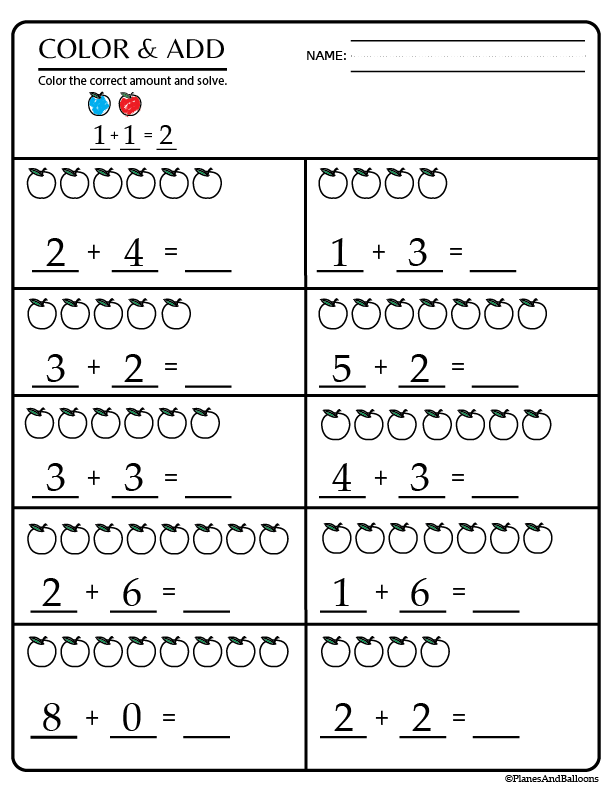

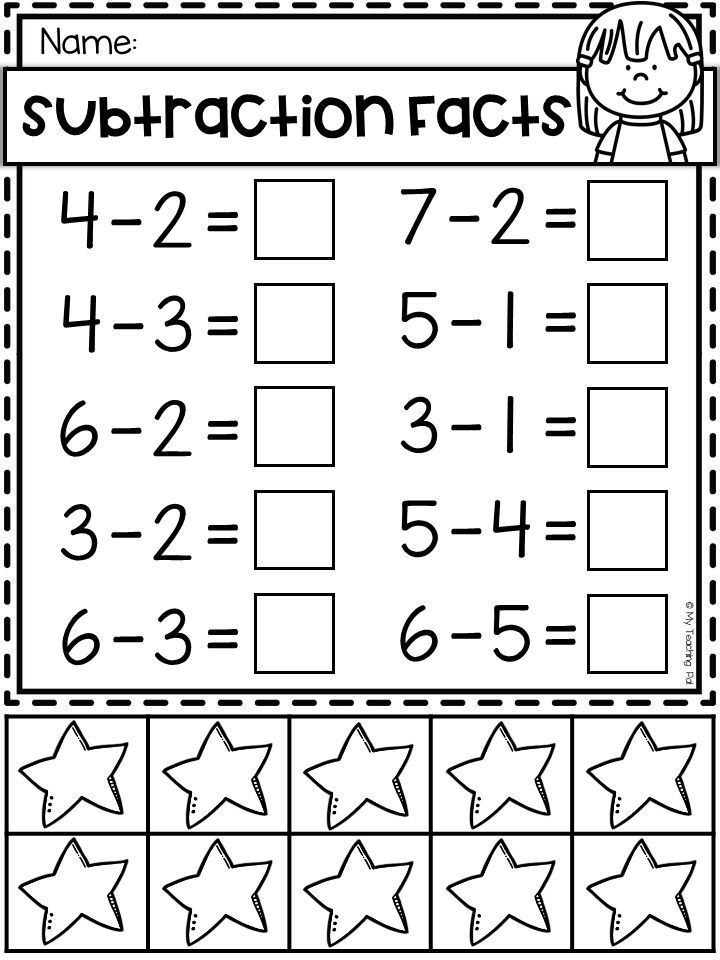
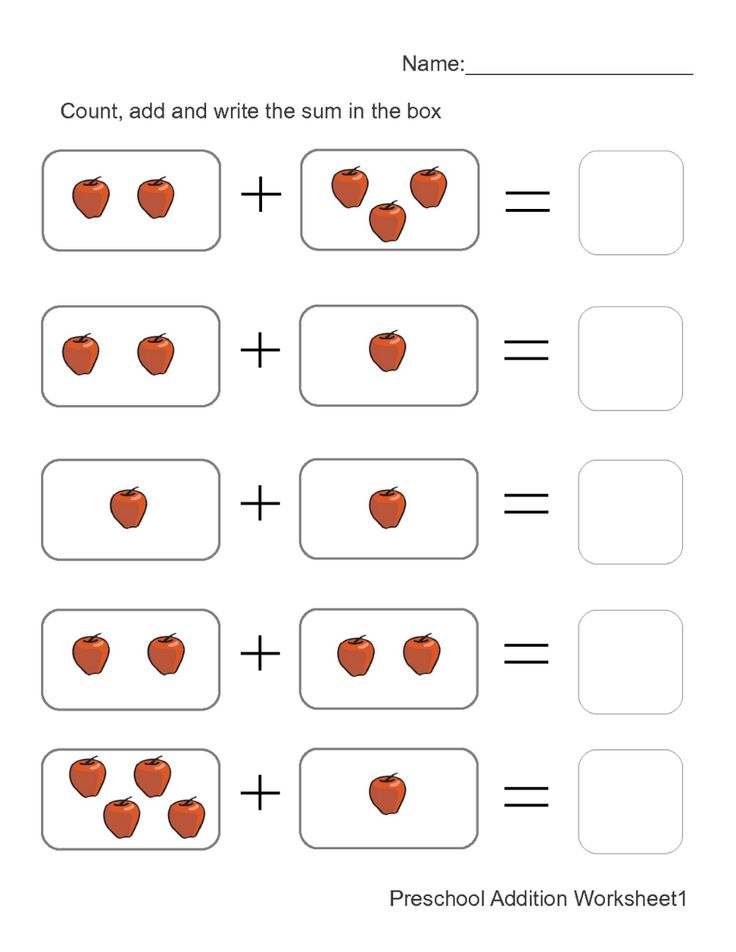
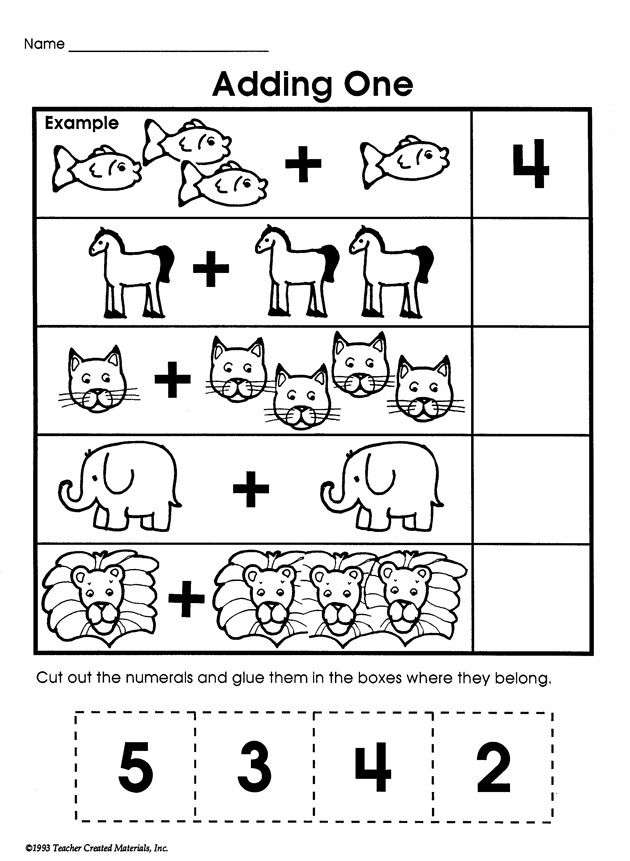 172-R of 01.10.2014) defined a number of tasks focused on preschool and primary levels of education. Among them:
172-R of 01.10.2014) defined a number of tasks focused on preschool and primary levels of education. Among them:
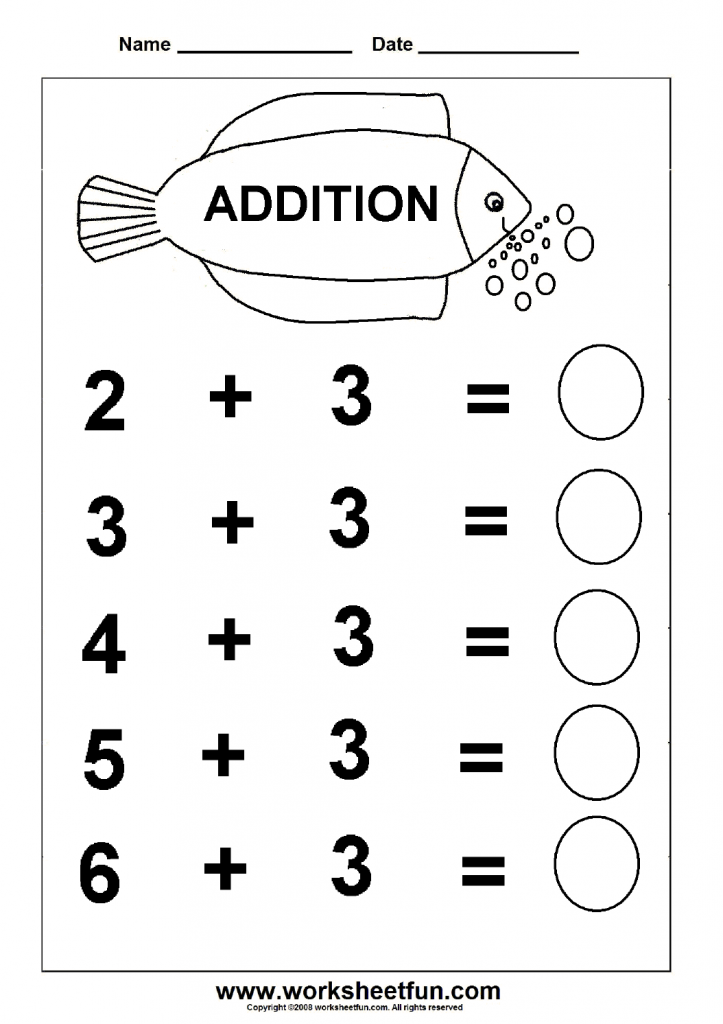
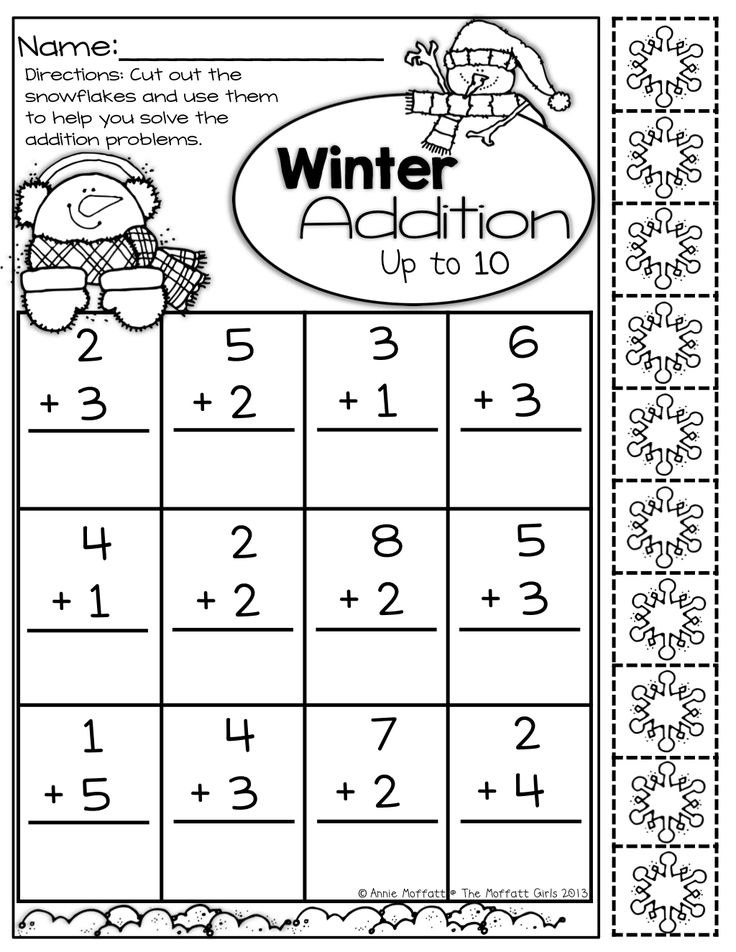 There are investments in the creation of children's technology parks. New state educational standards require the introduction of modern technologies in the educational process. However, the designation of the problem does not say anything about how exactly the technical creativity of preschoolers and younger schoolchildren should develop.
There are investments in the creation of children's technology parks. New state educational standards require the introduction of modern technologies in the educational process. However, the designation of the problem does not say anything about how exactly the technical creativity of preschoolers and younger schoolchildren should develop. 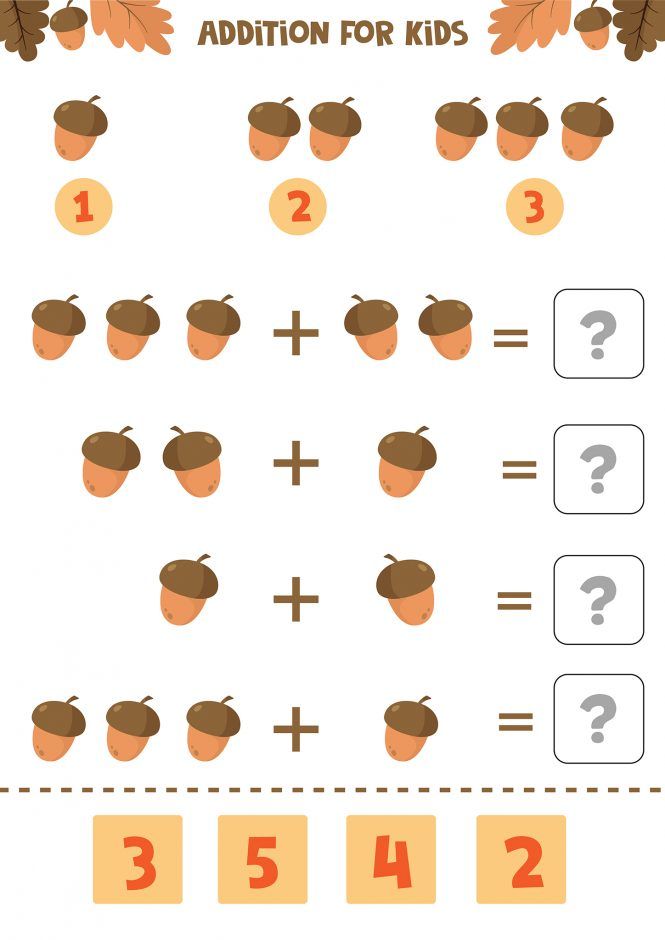
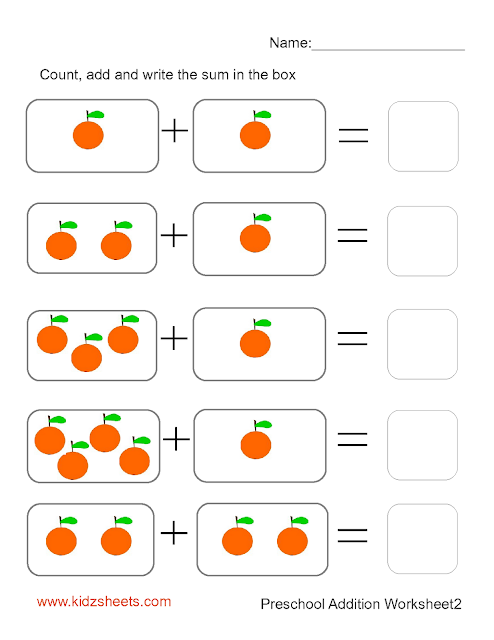 This integration is based on the project method based on cognitive and artistic search and having a specific real product in as a result of activity.
This integration is based on the project method based on cognitive and artistic search and having a specific real product in as a result of activity.
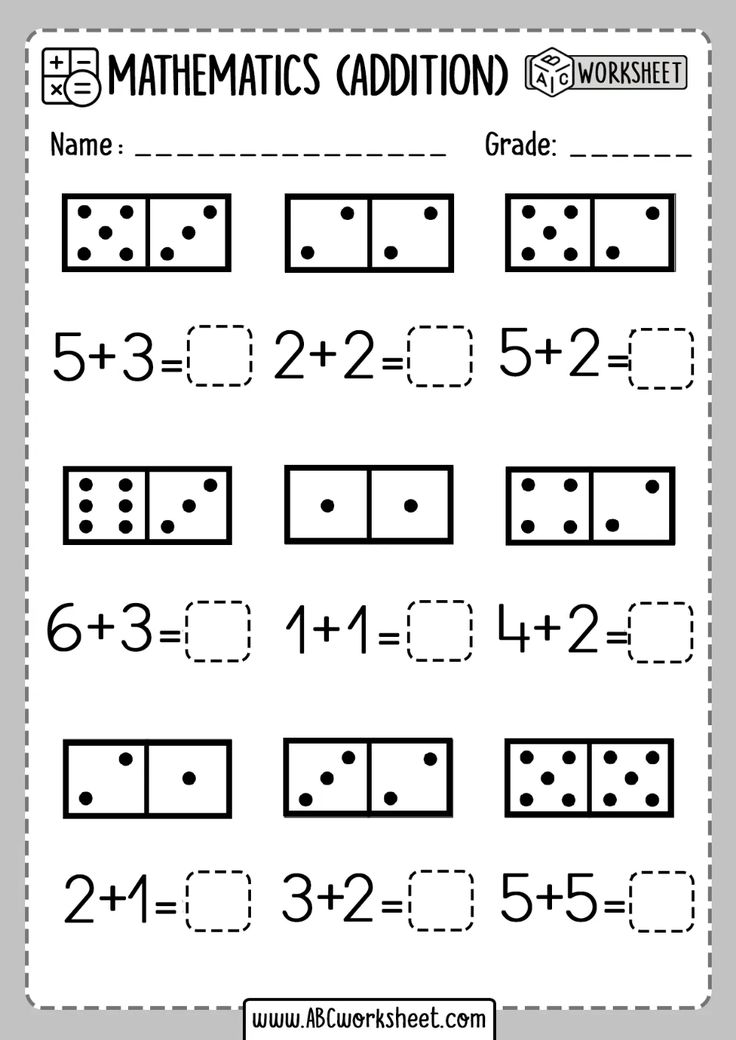

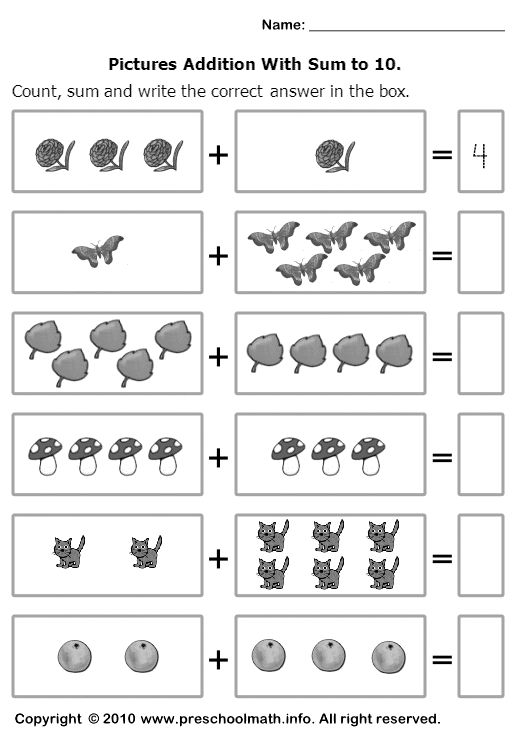 This is a very exciting process that can become a motivational core until graduation and getting your favorite specialty: engineer, programmer, designer, scientist.
This is a very exciting process that can become a motivational core until graduation and getting your favorite specialty: engineer, programmer, designer, scientist.
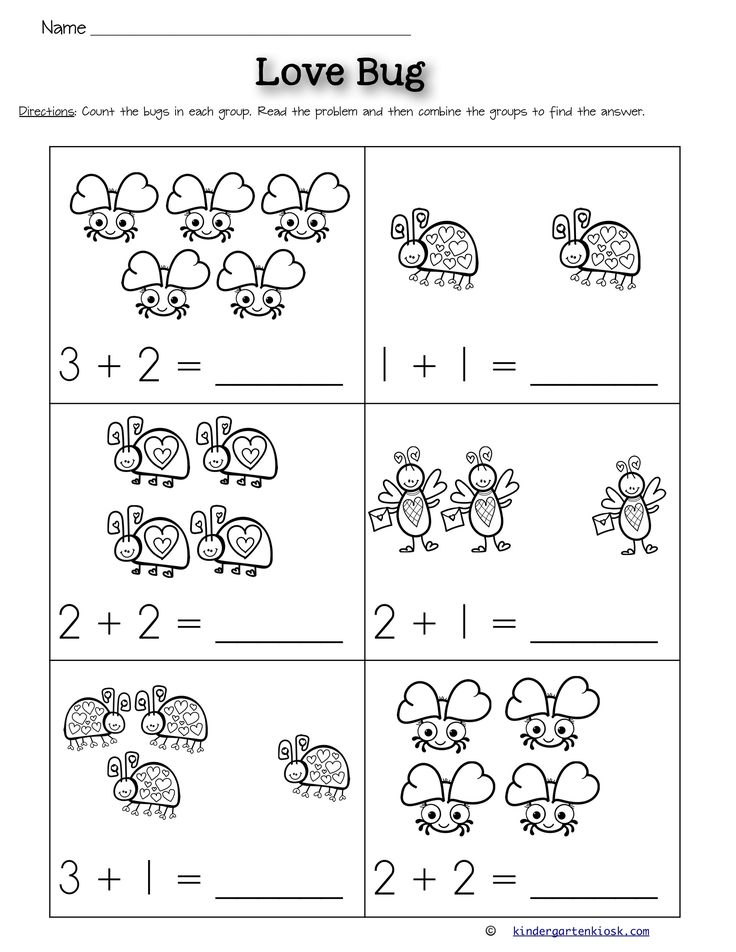 Particularly relevant is the question of the possible impact of robotization on the fate of mankind.
Particularly relevant is the question of the possible impact of robotization on the fate of mankind. 